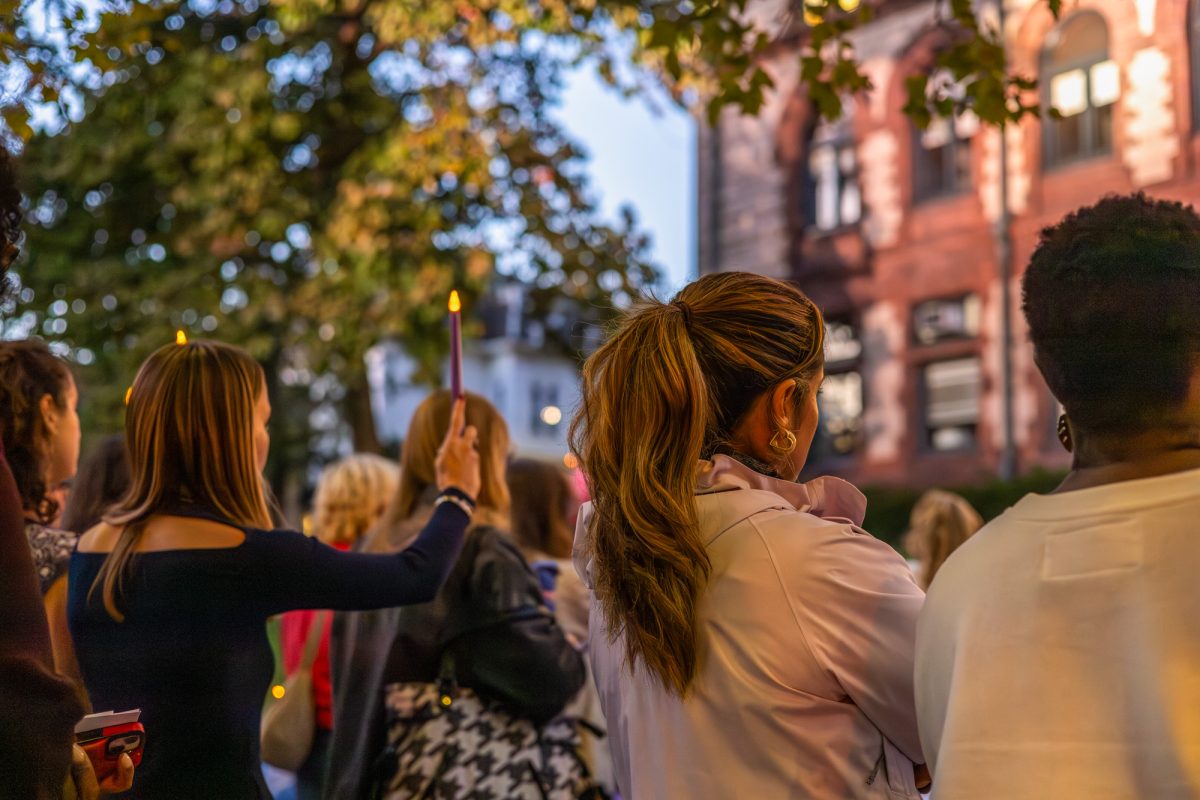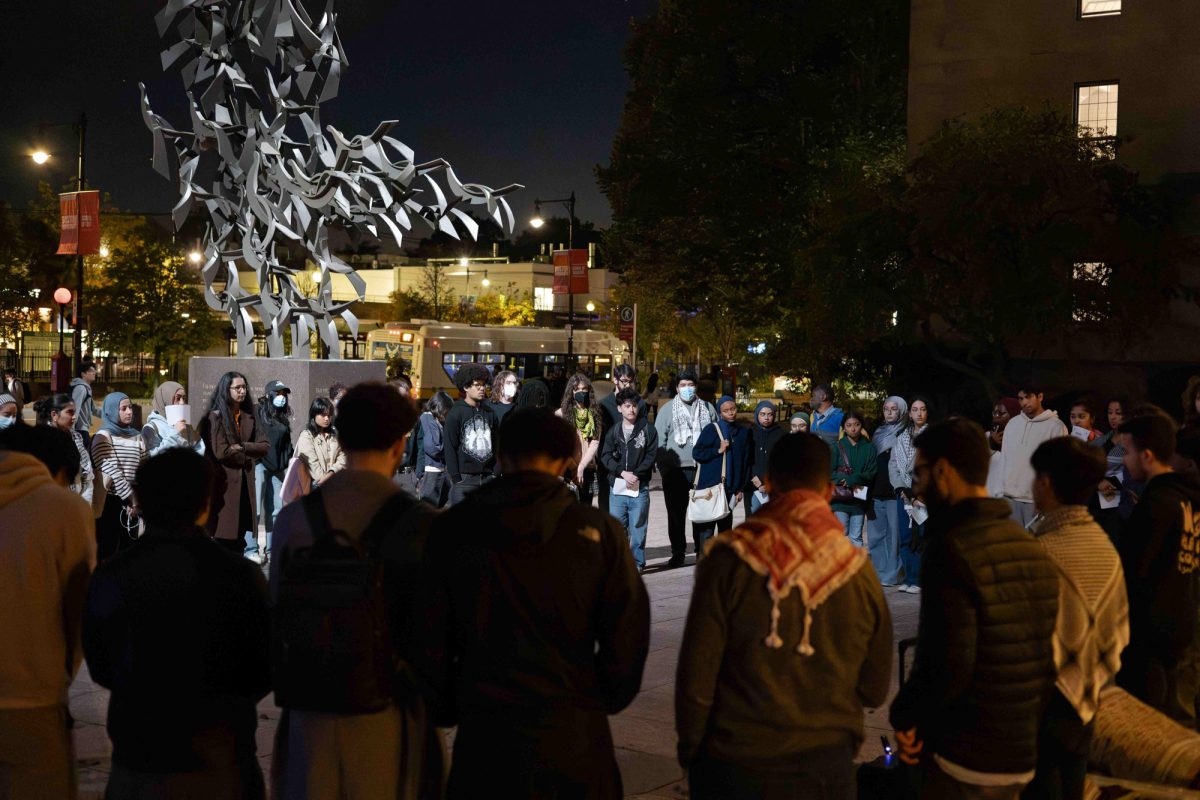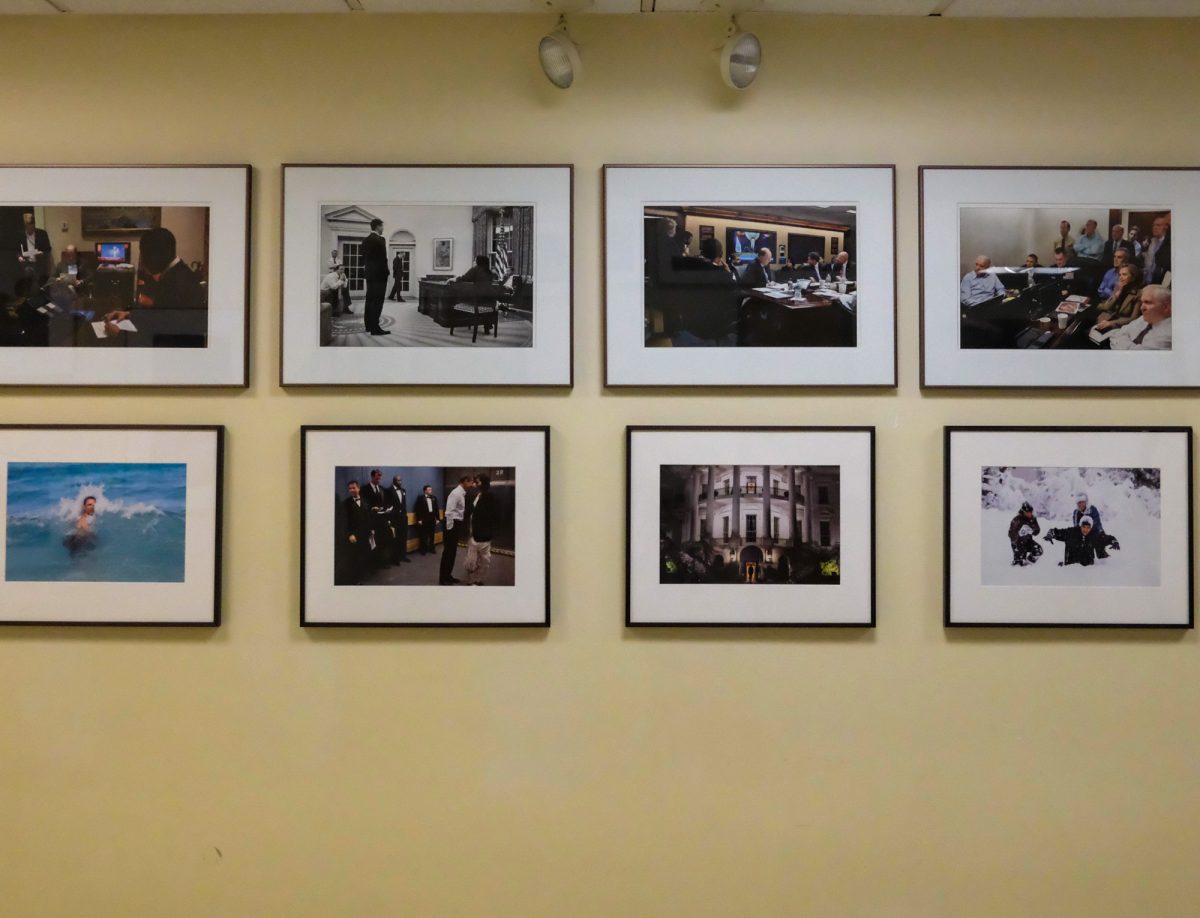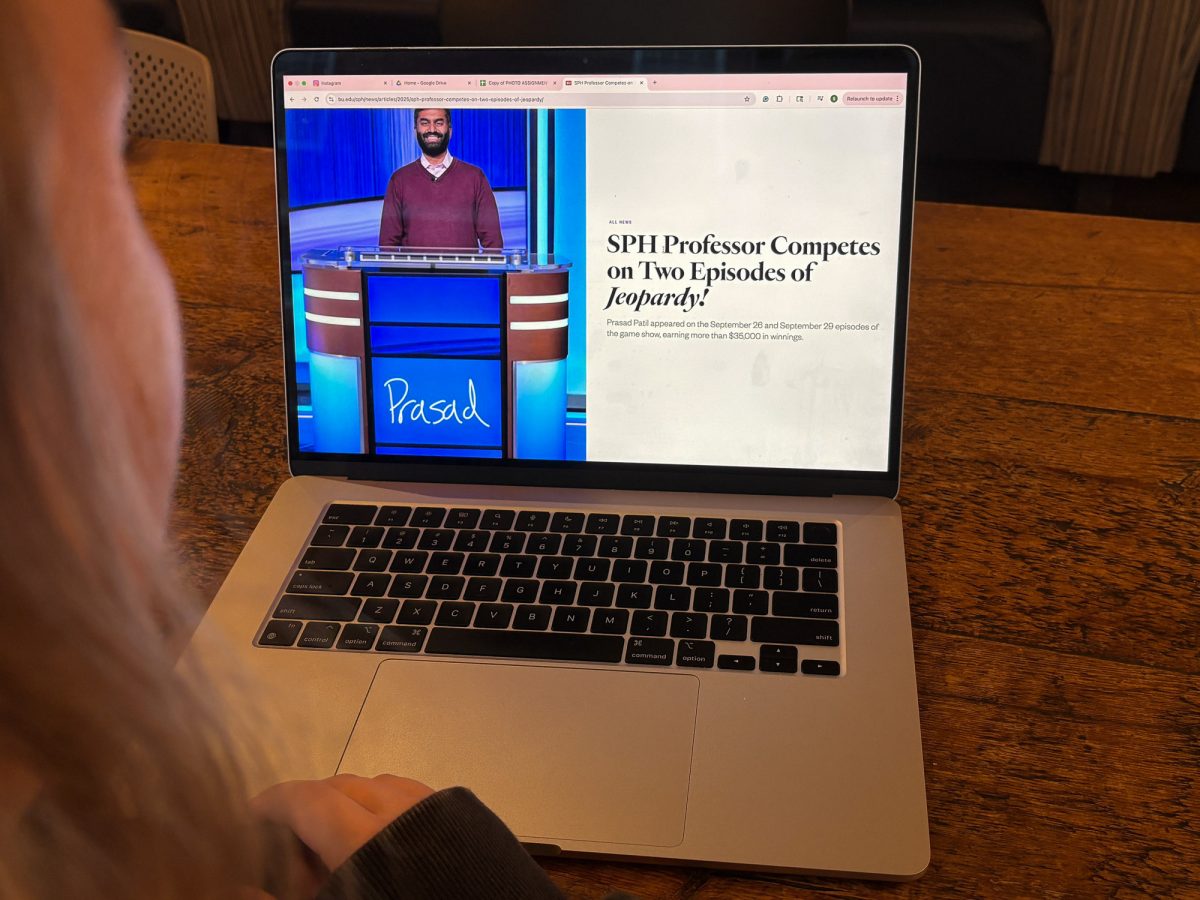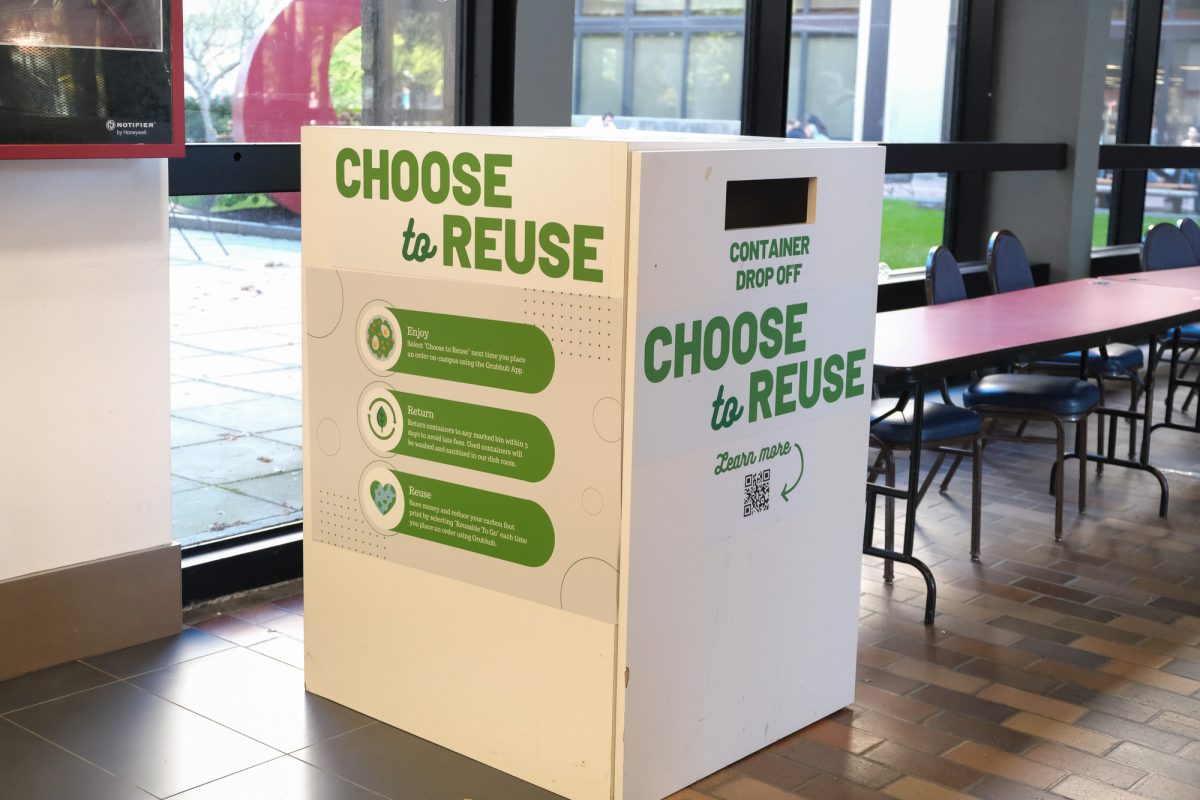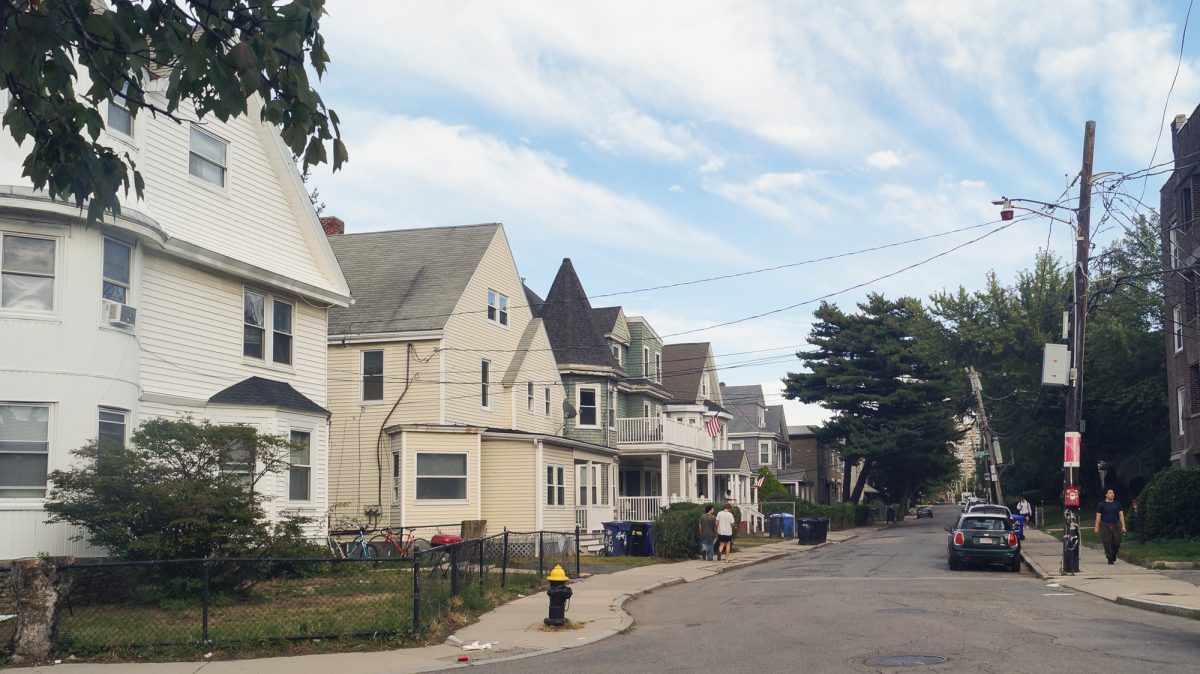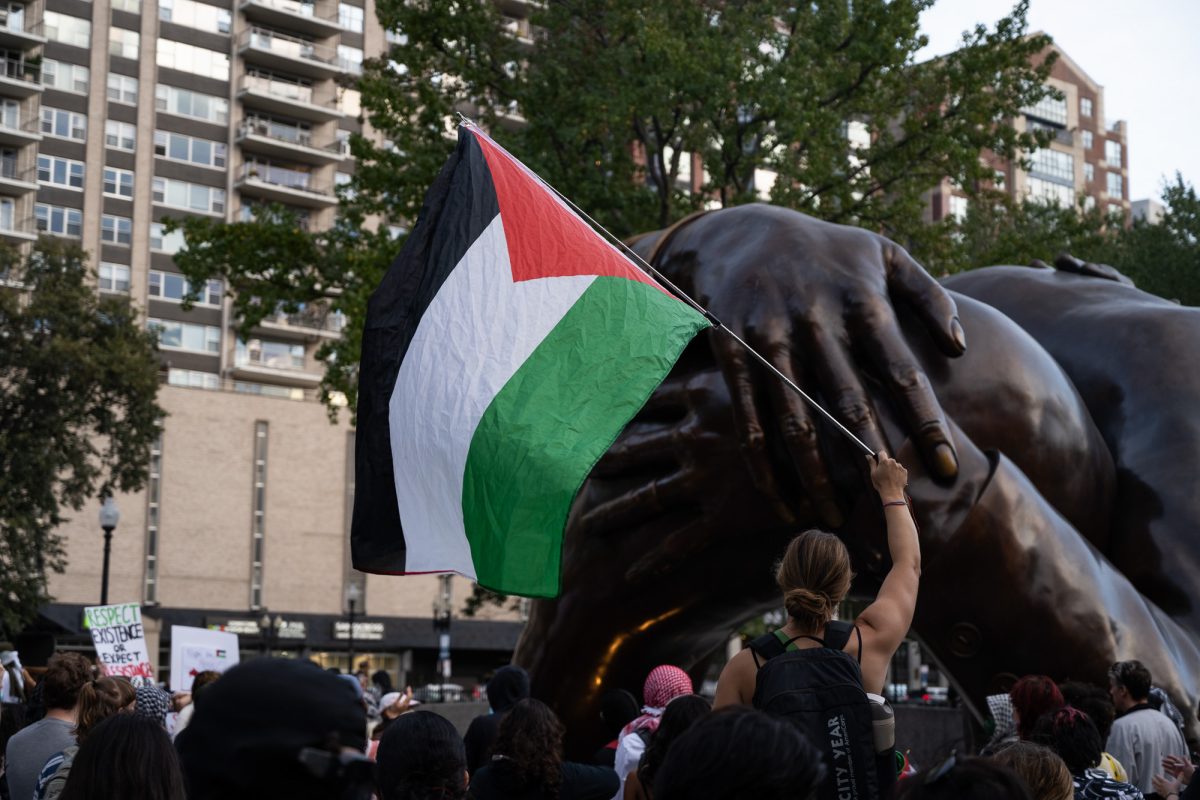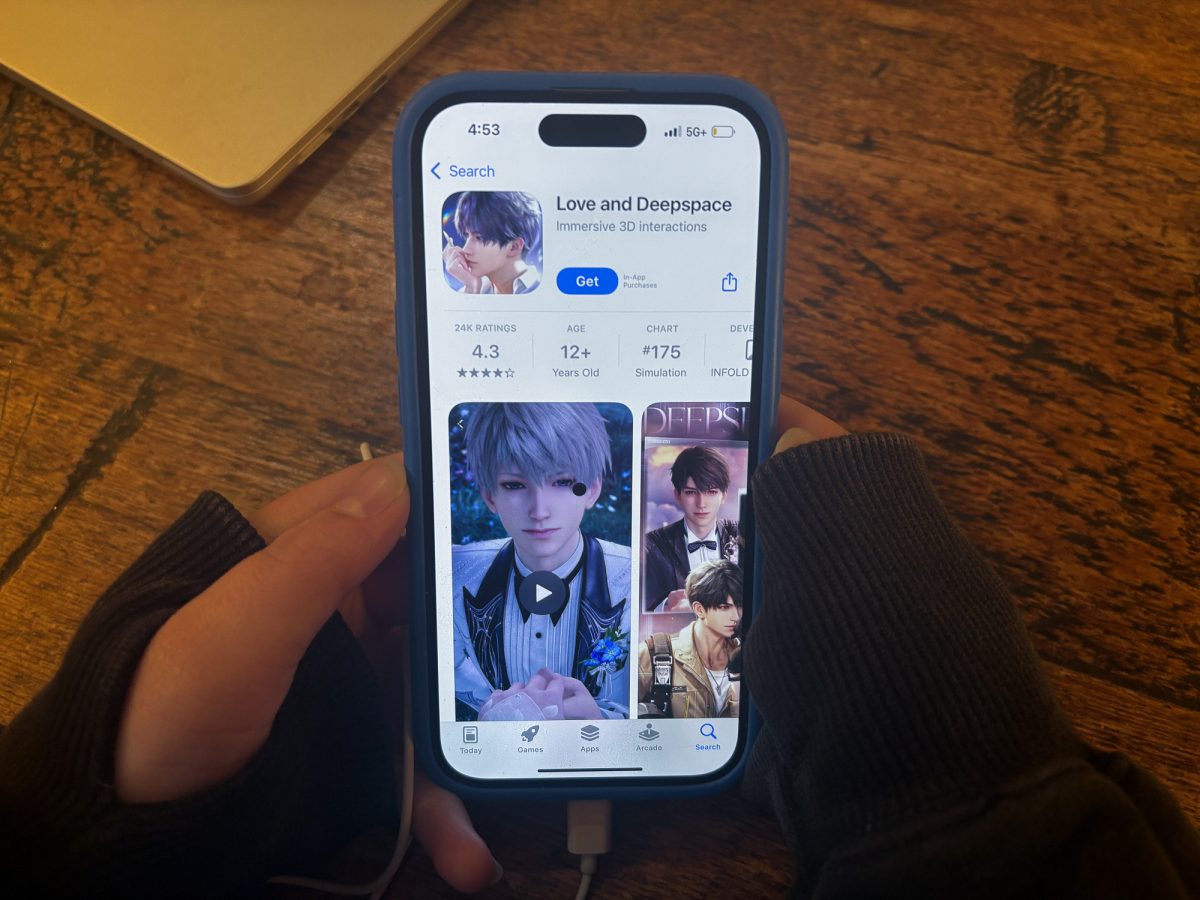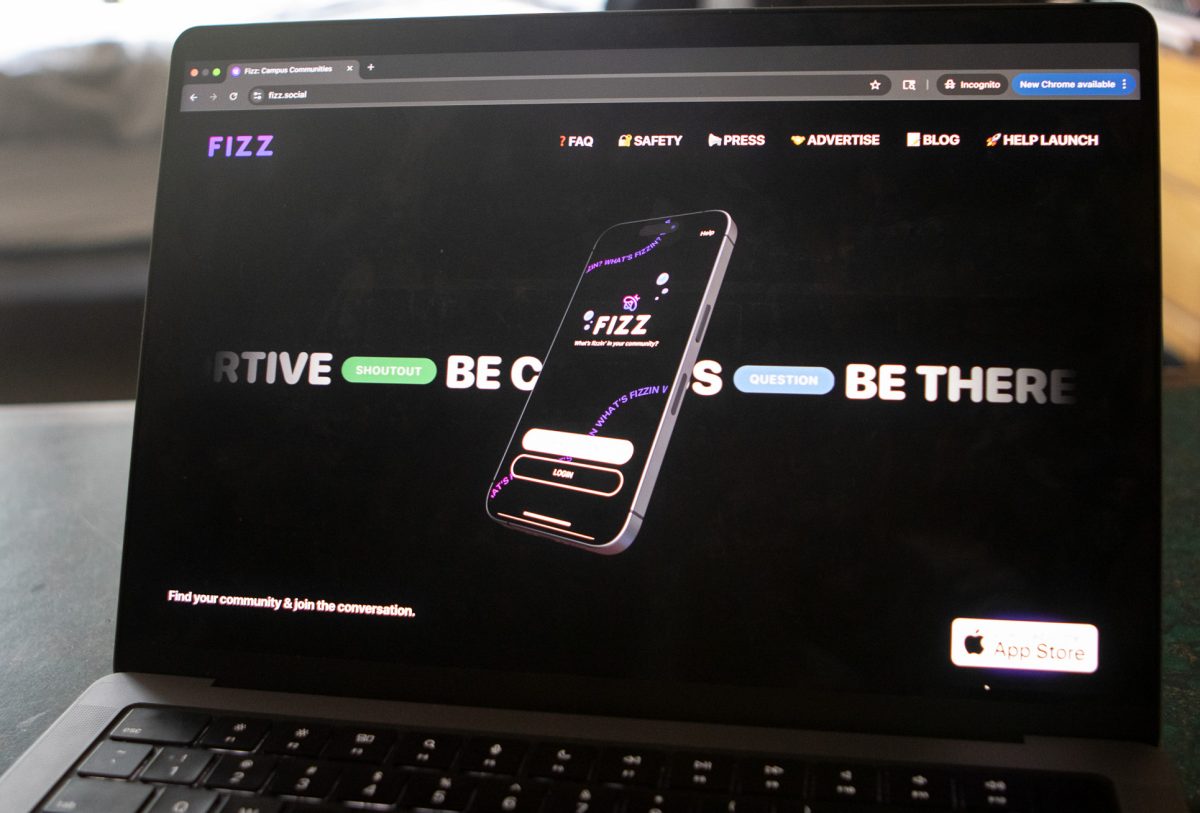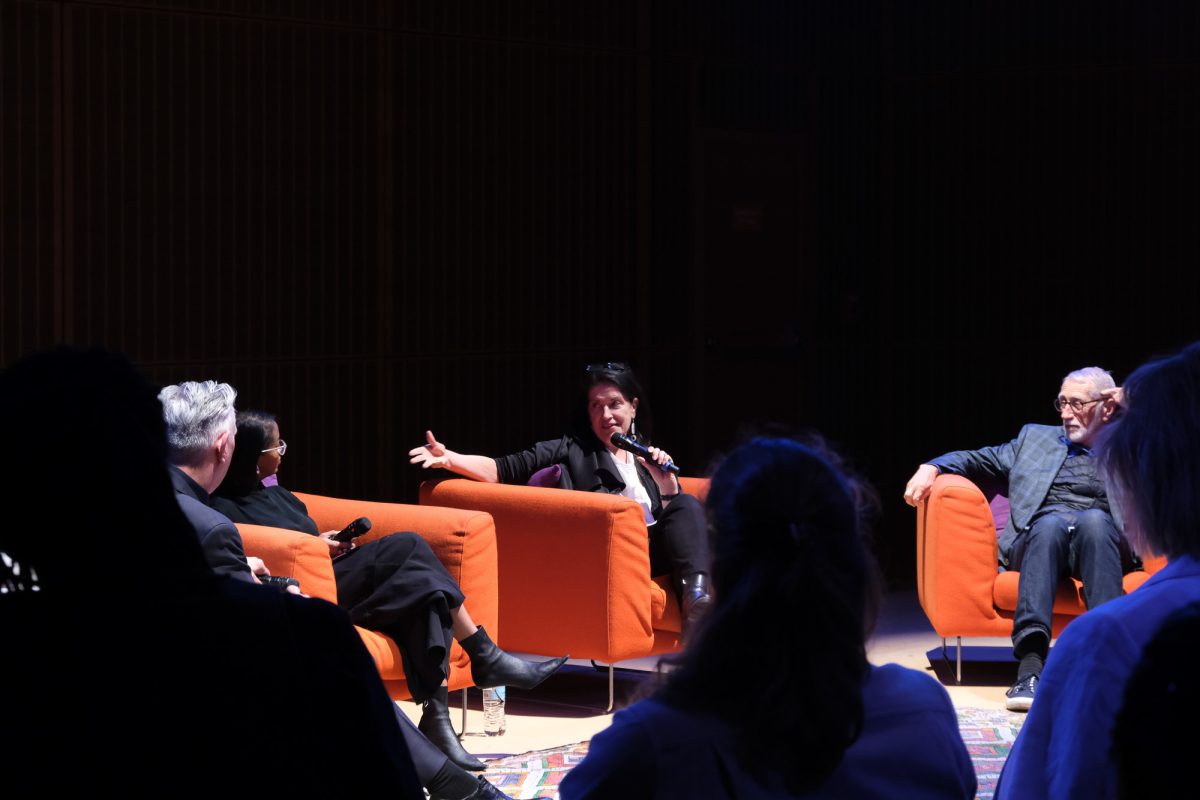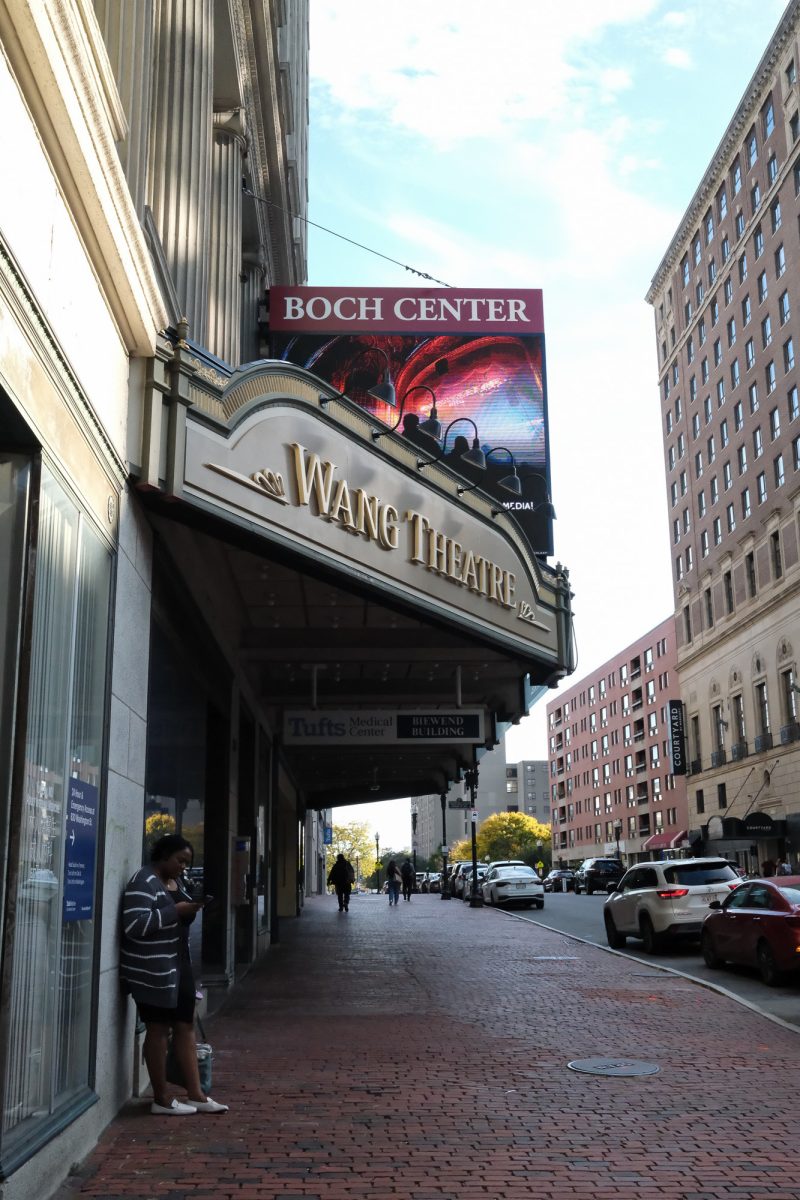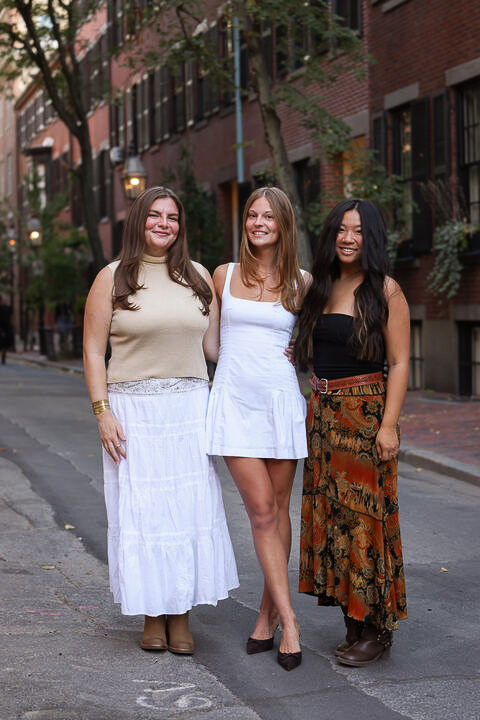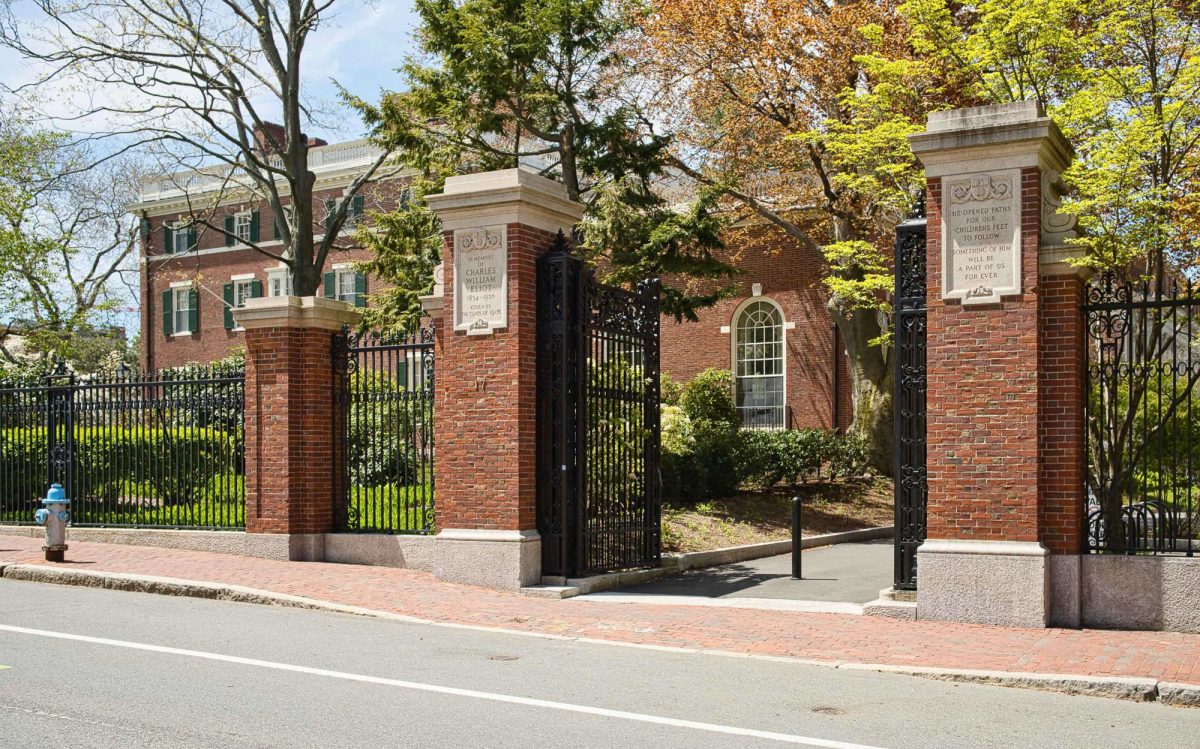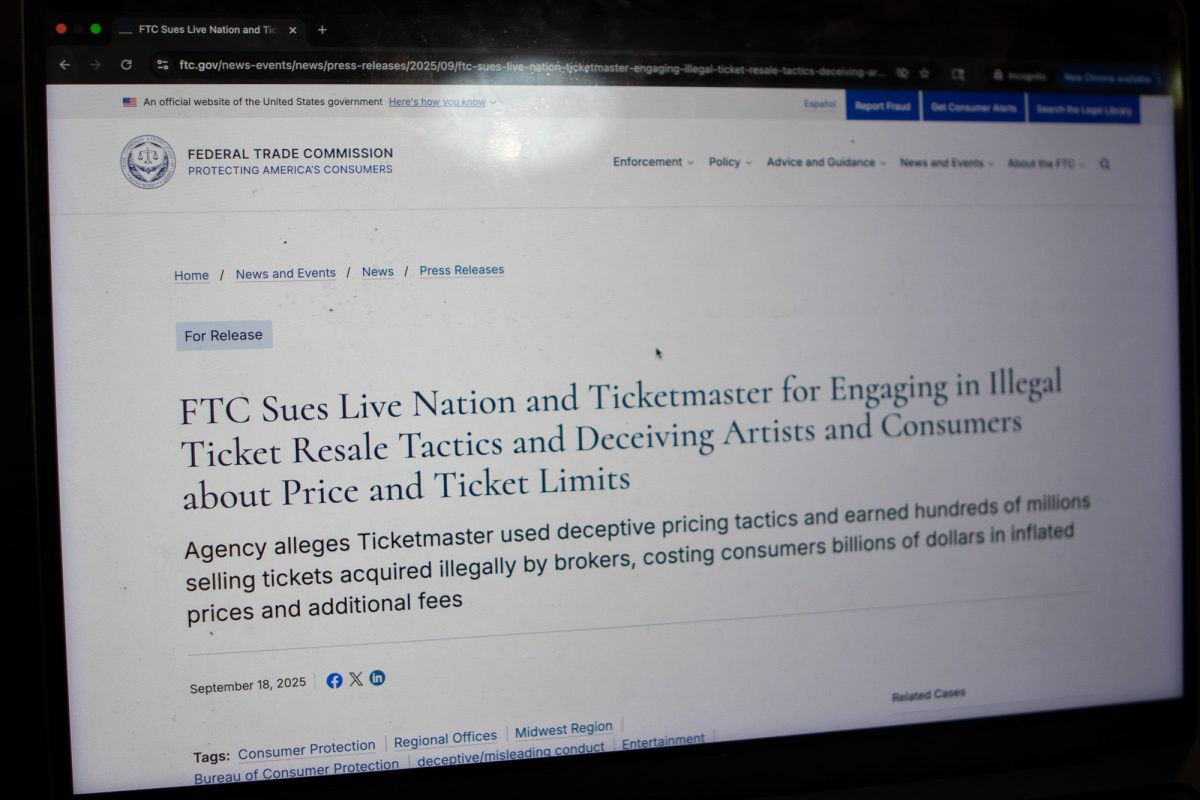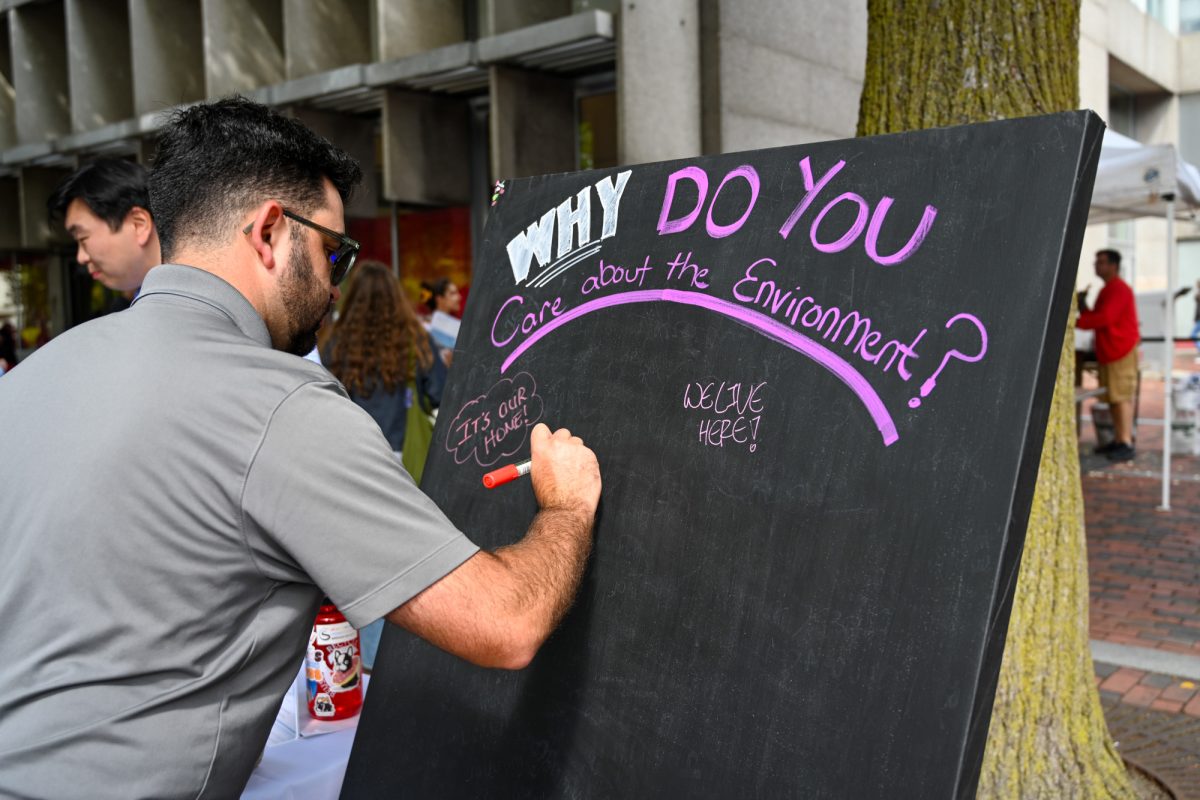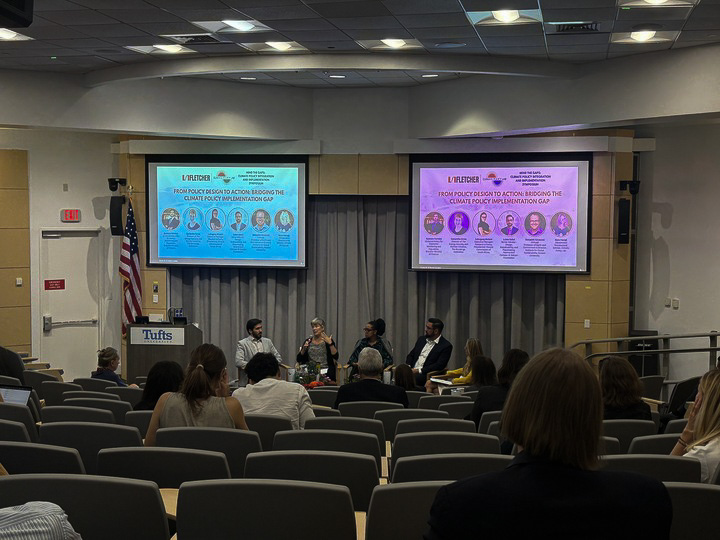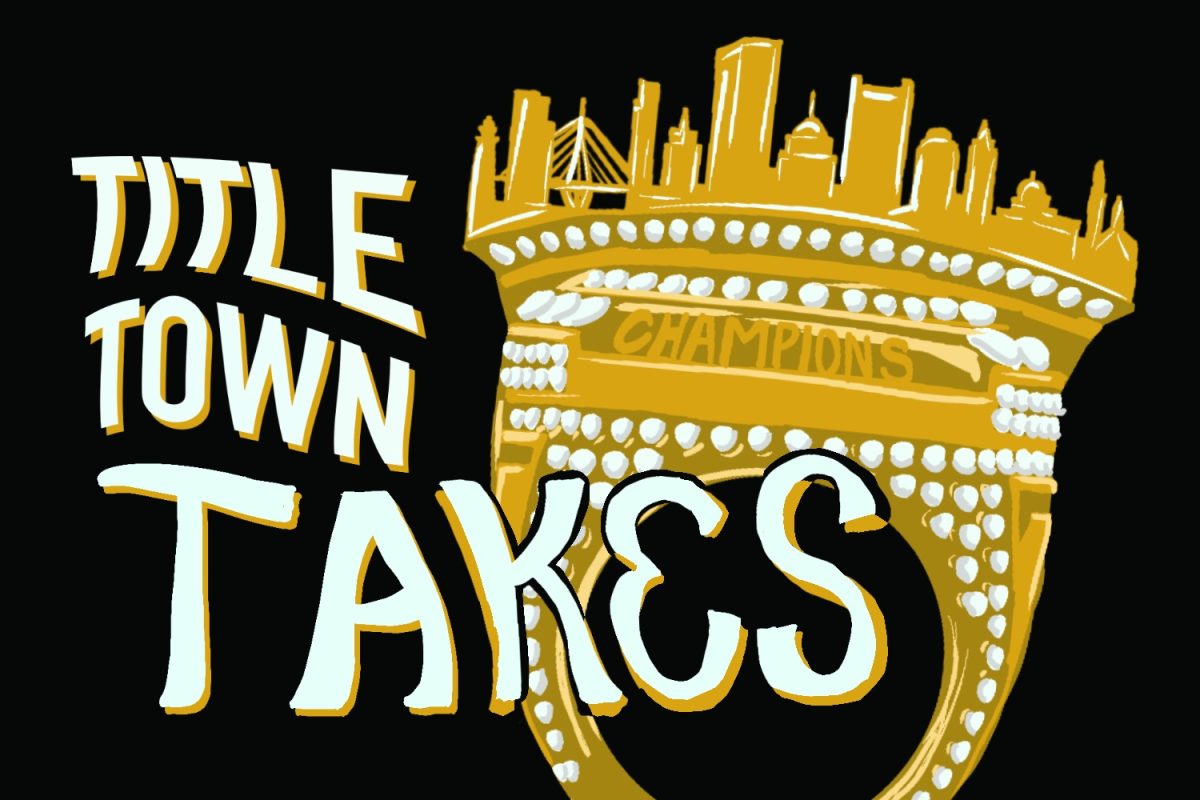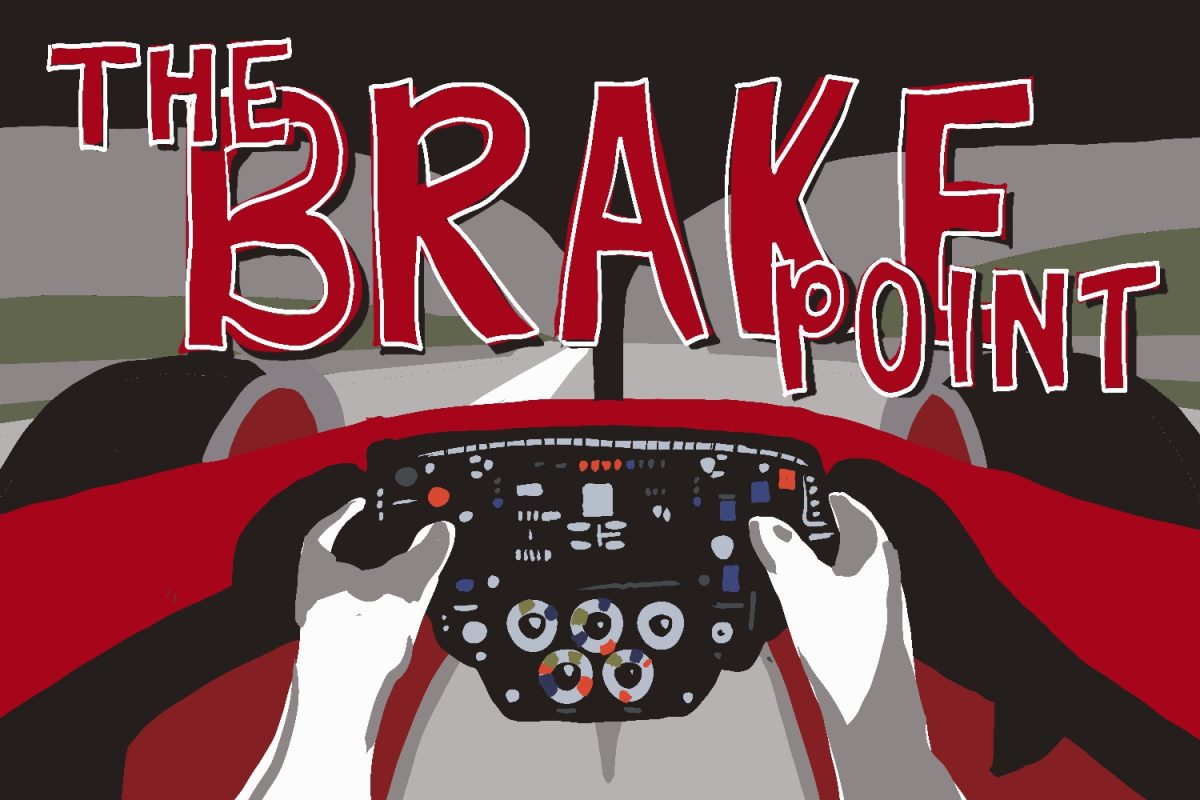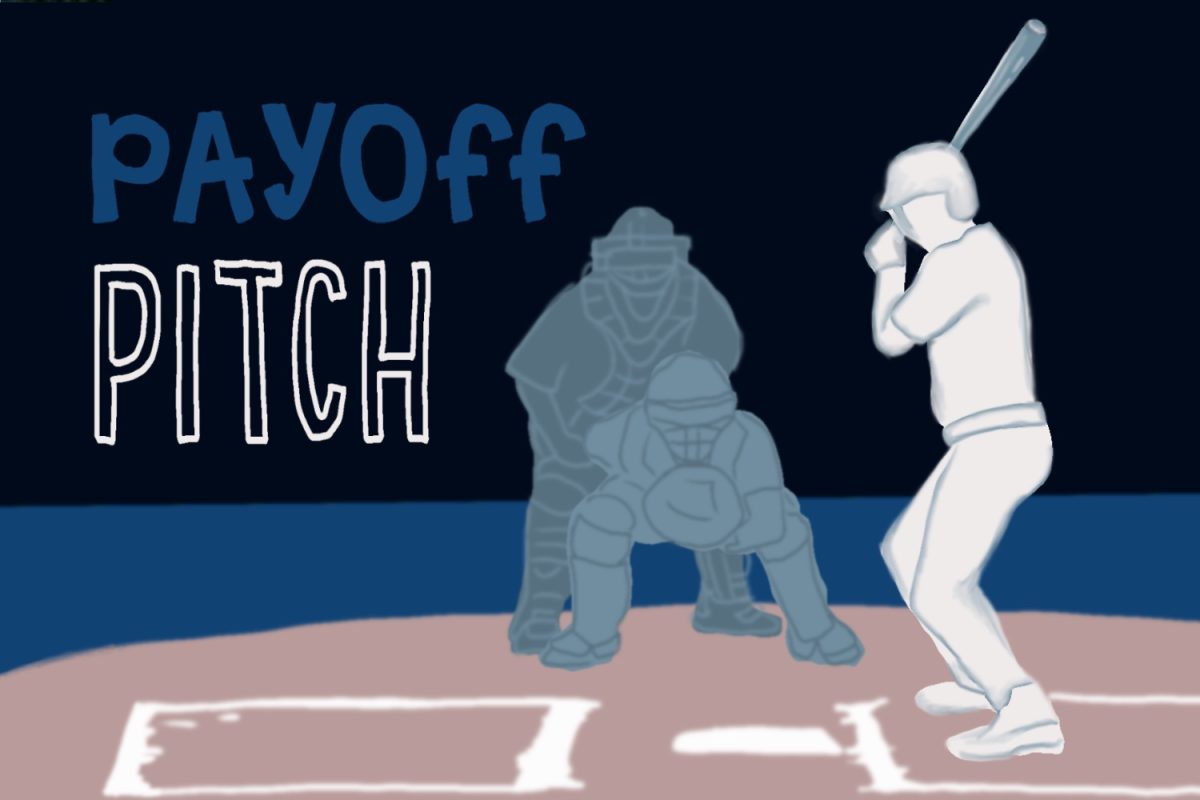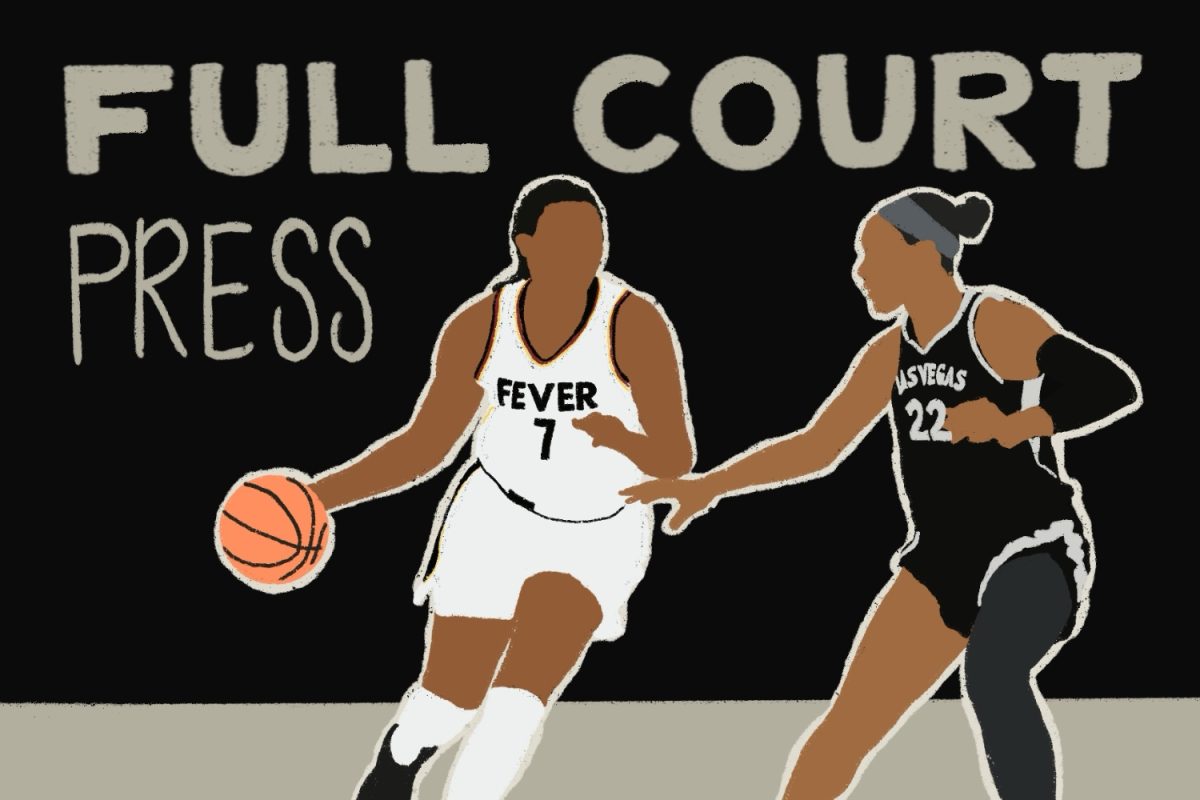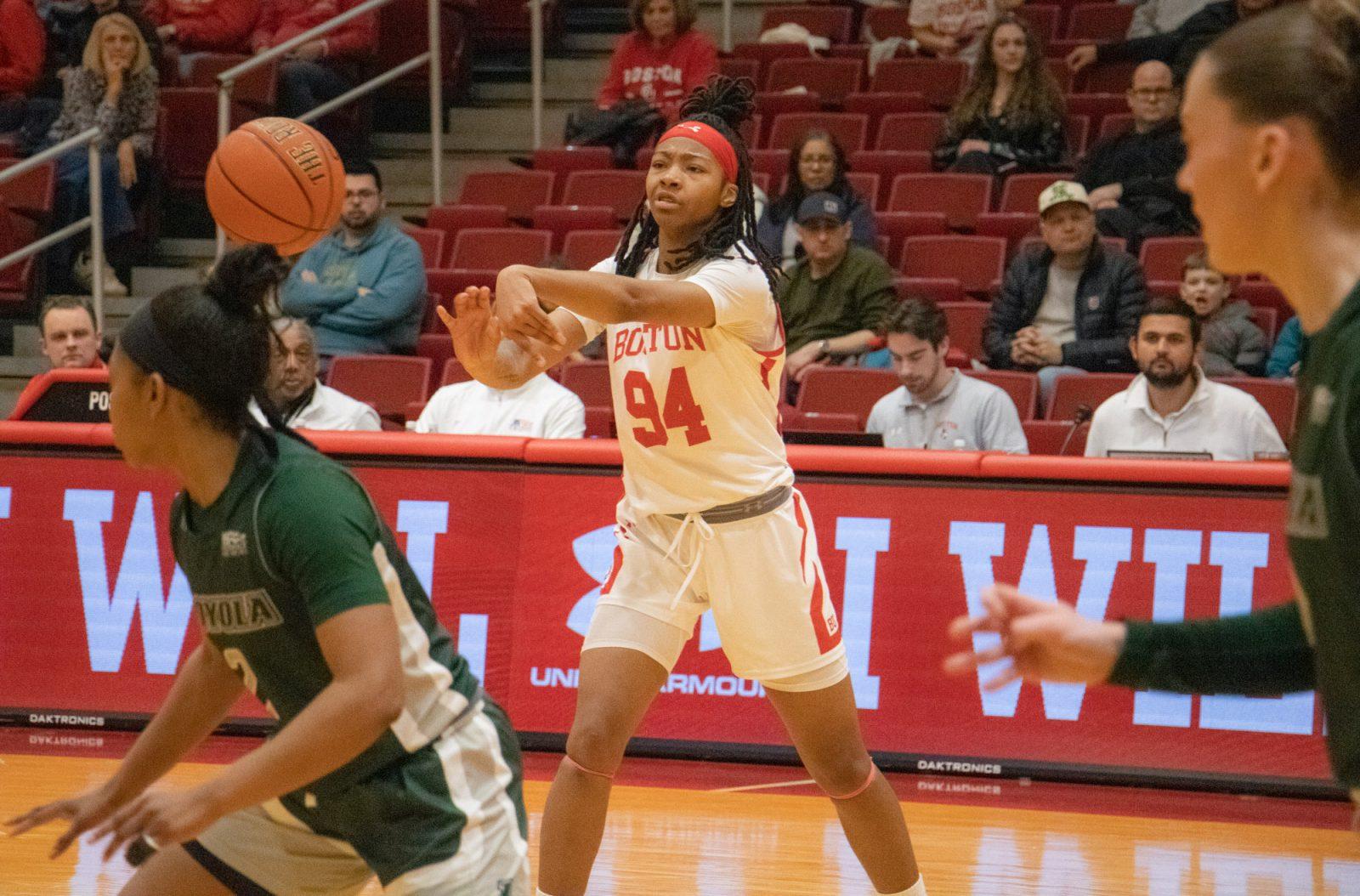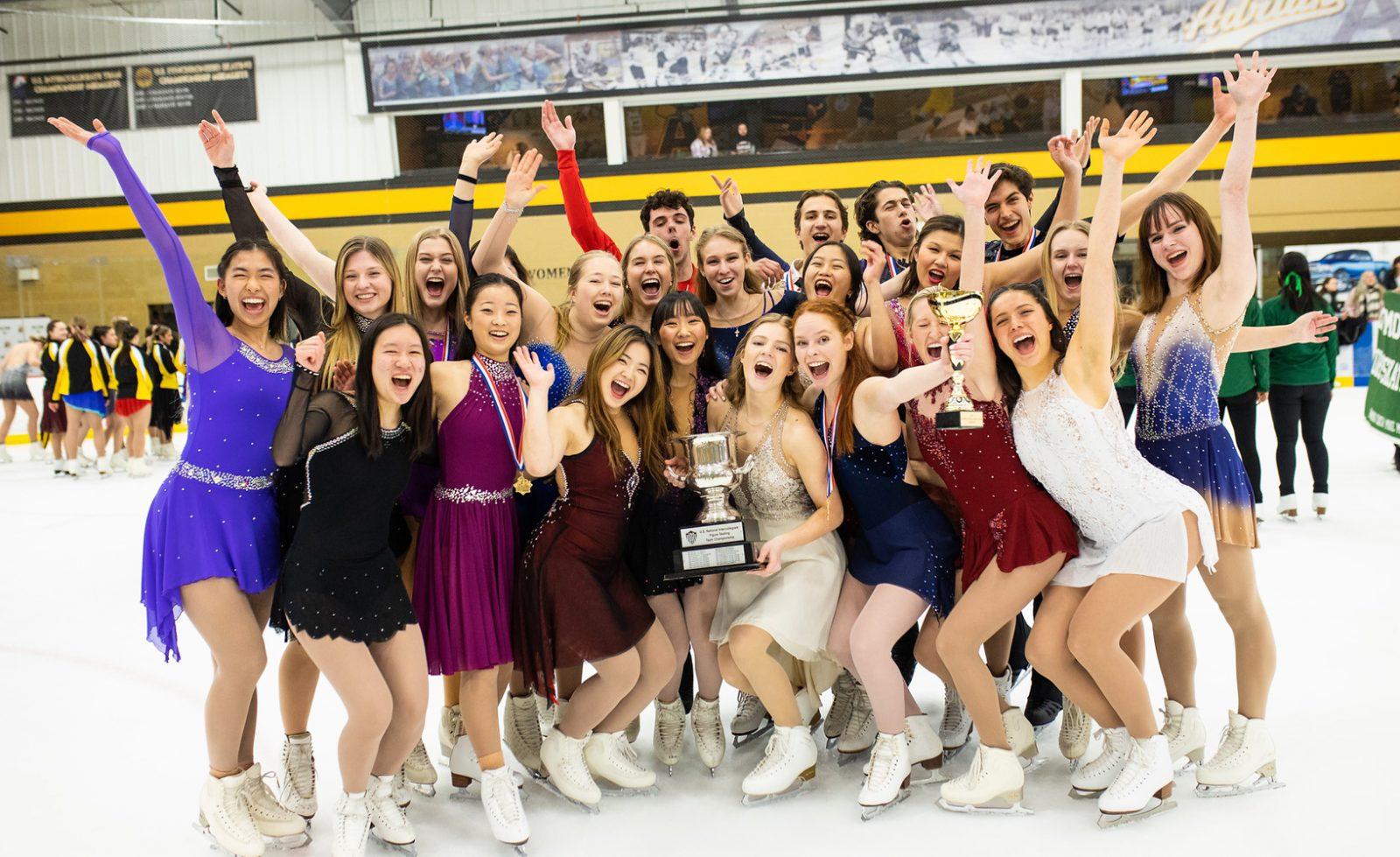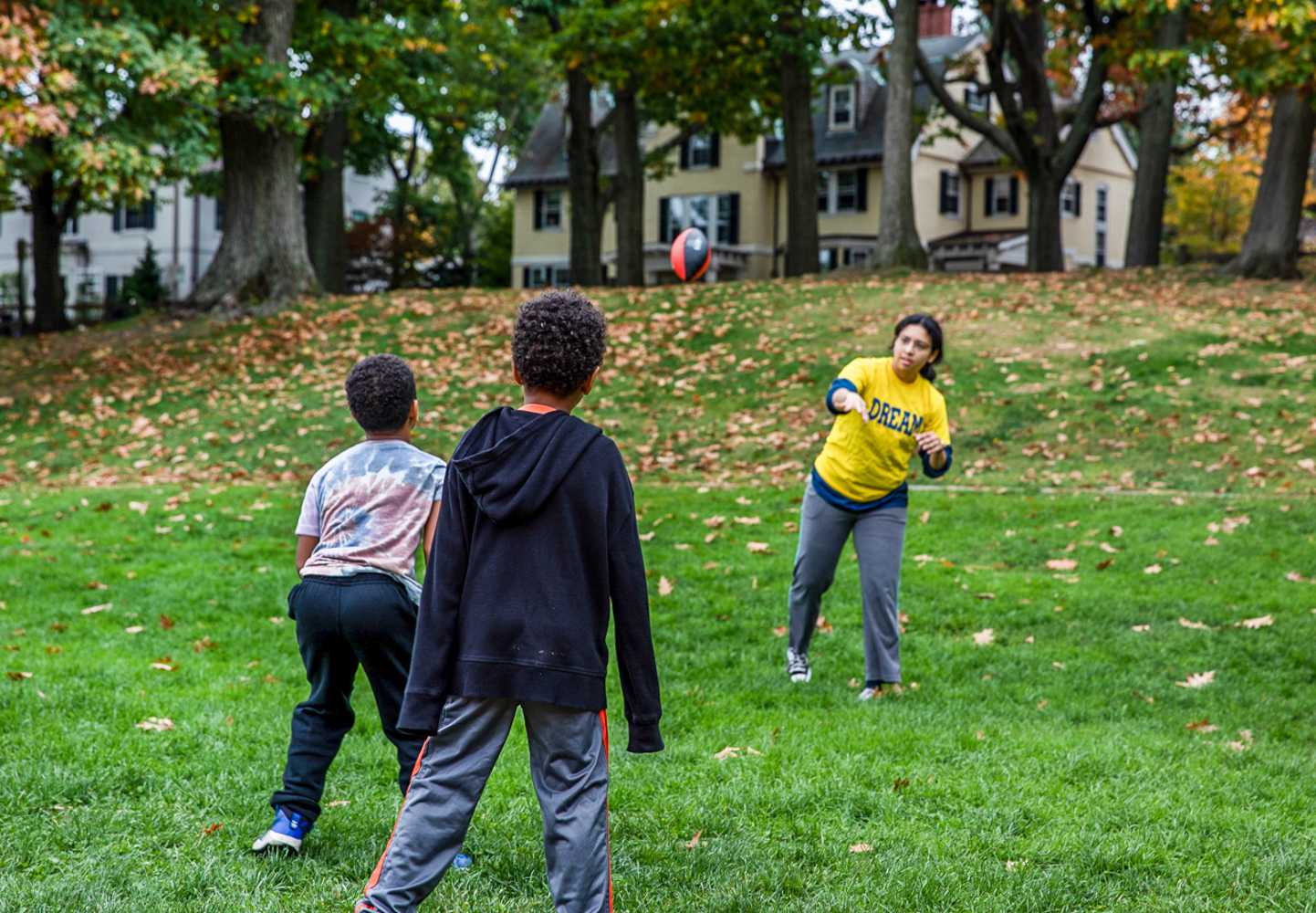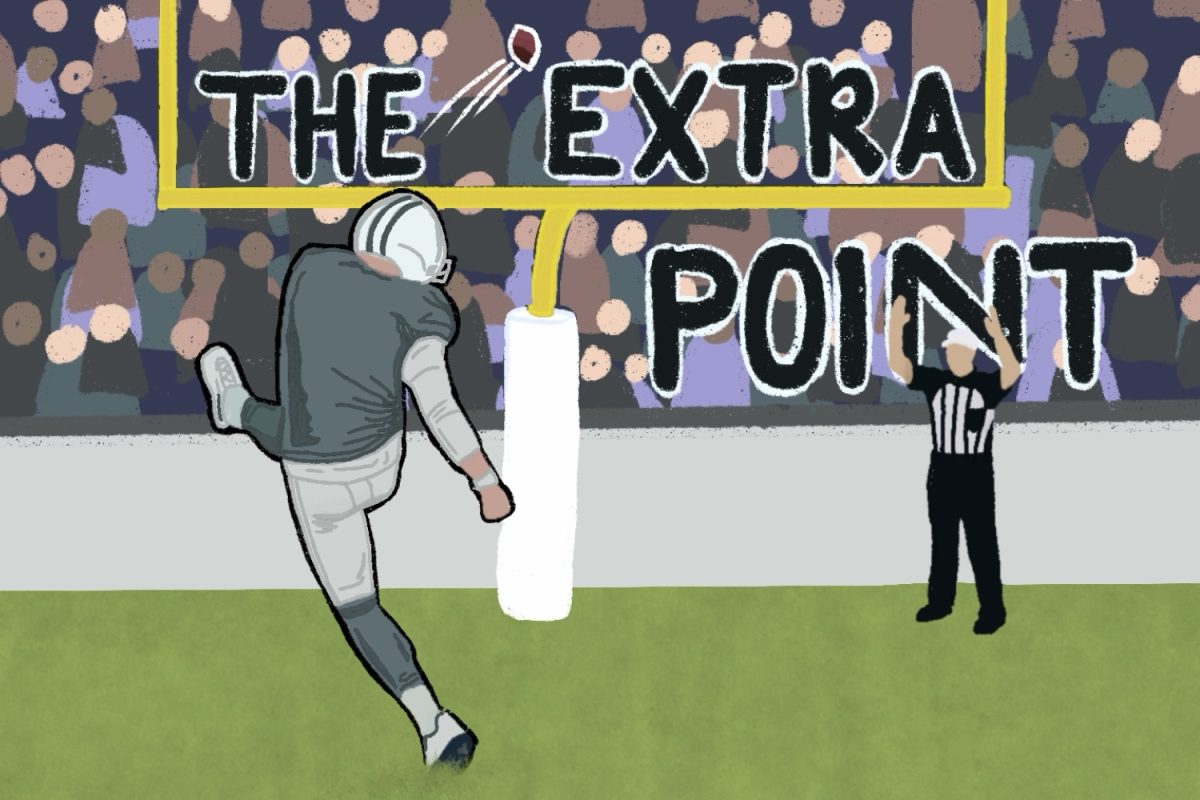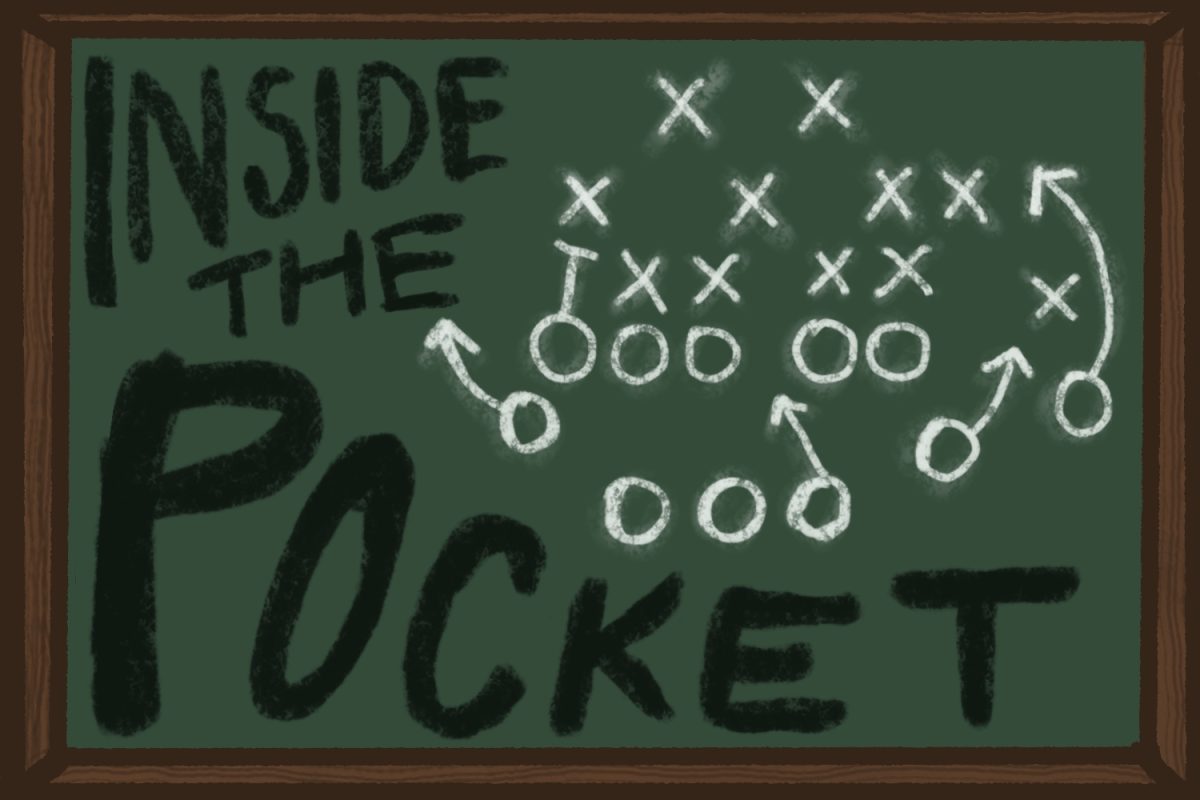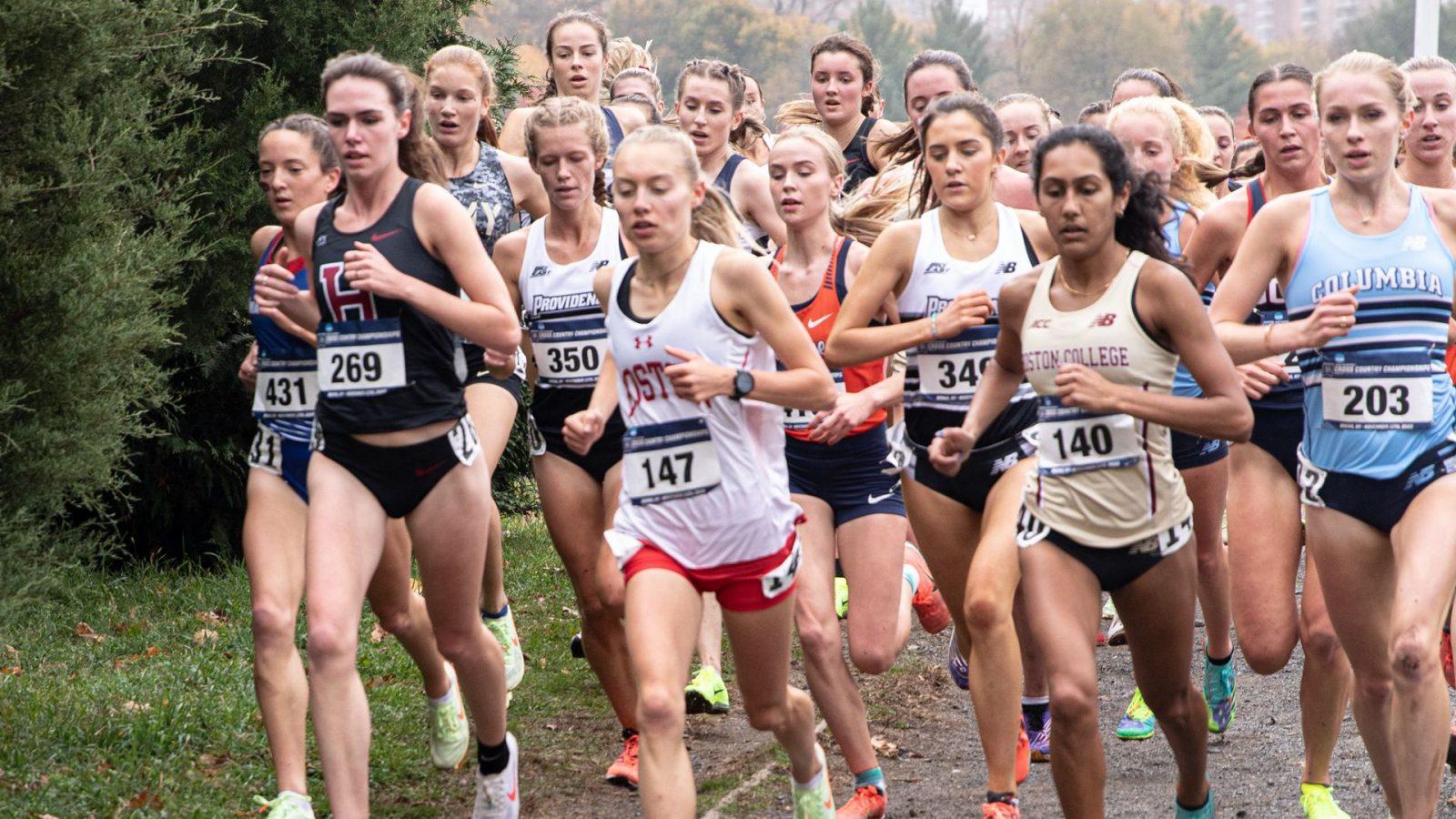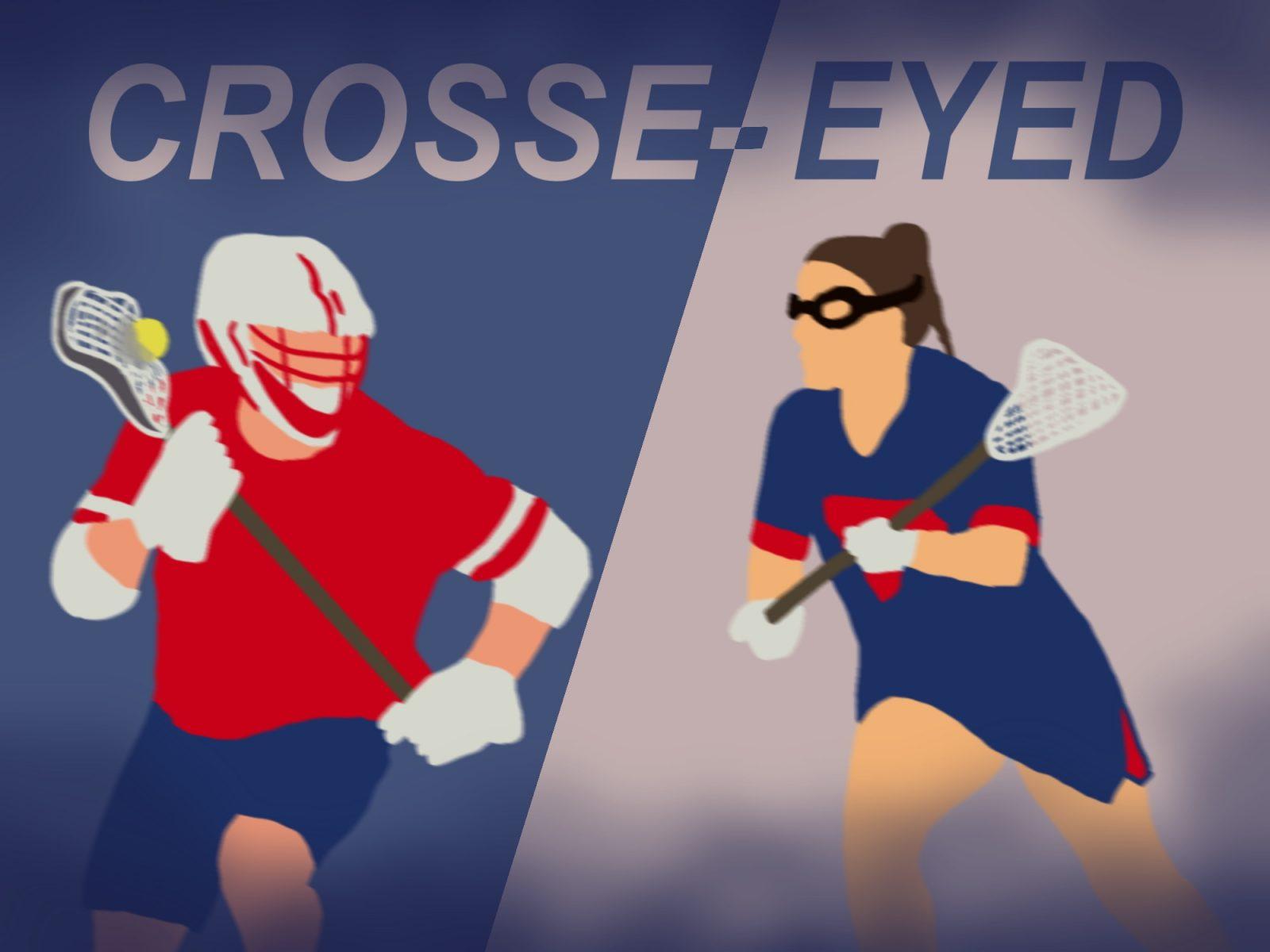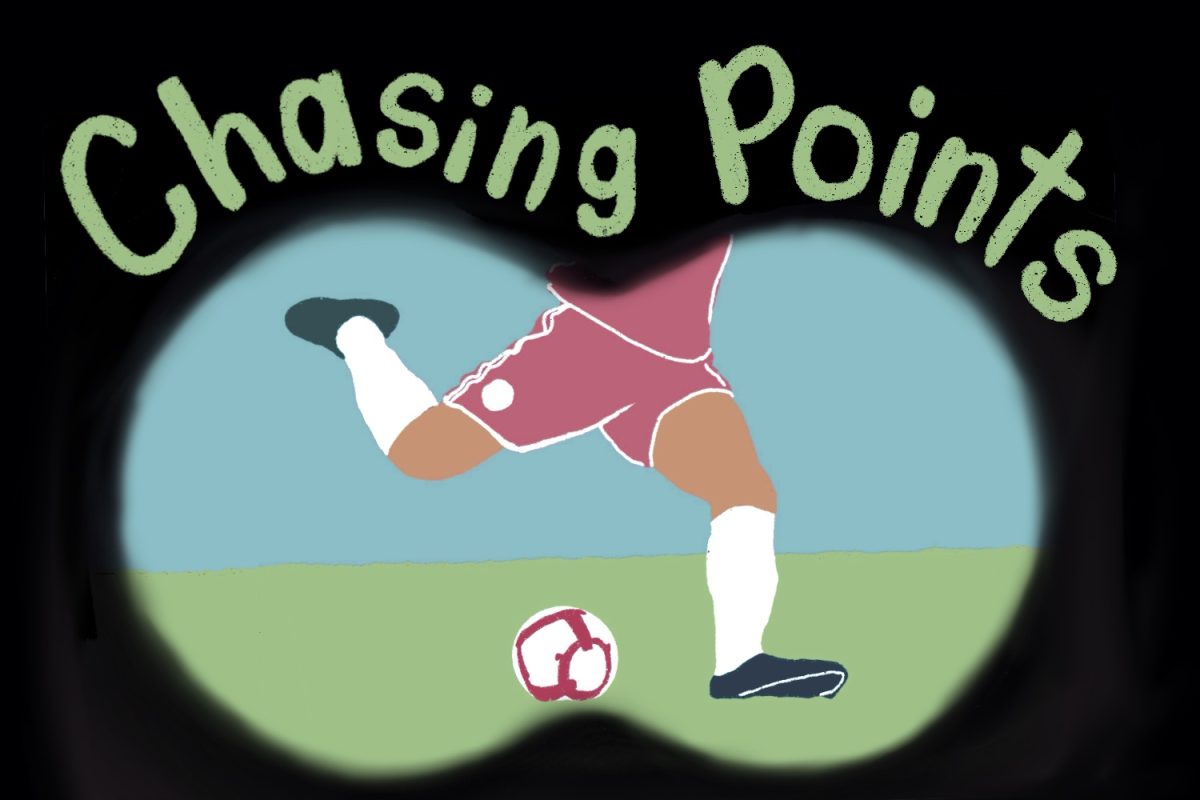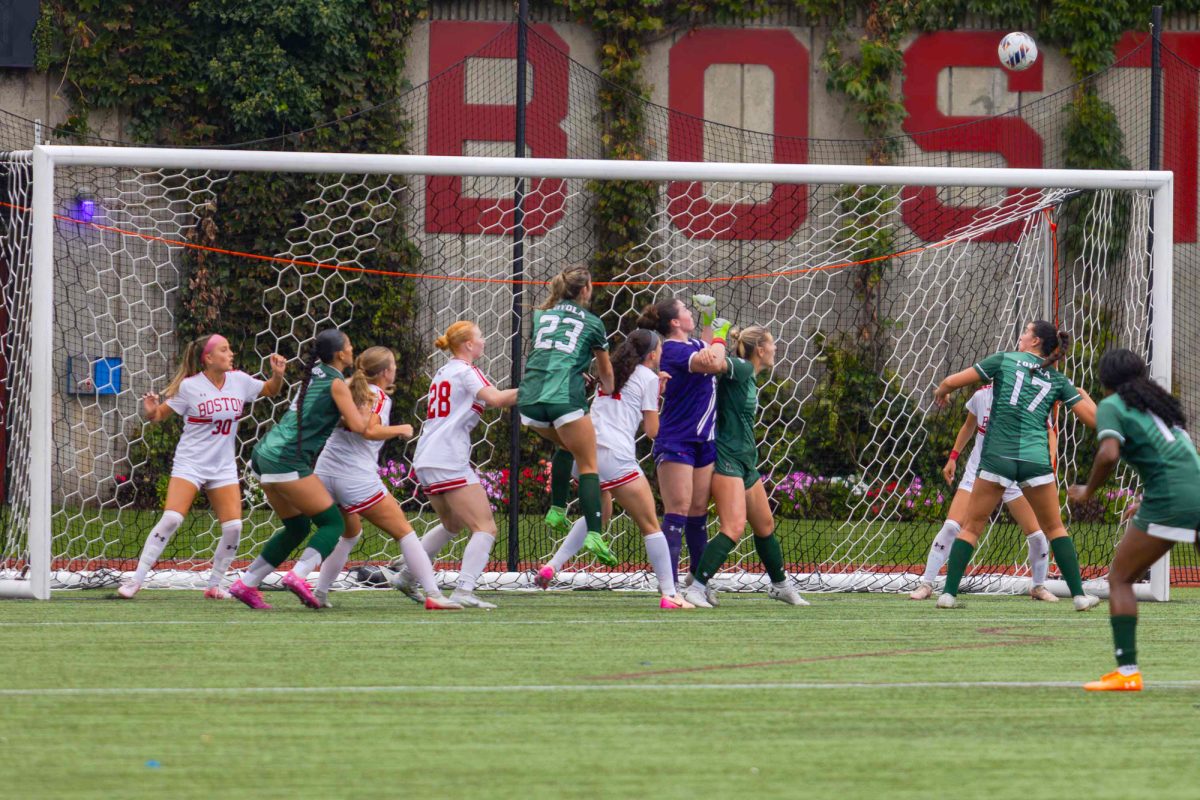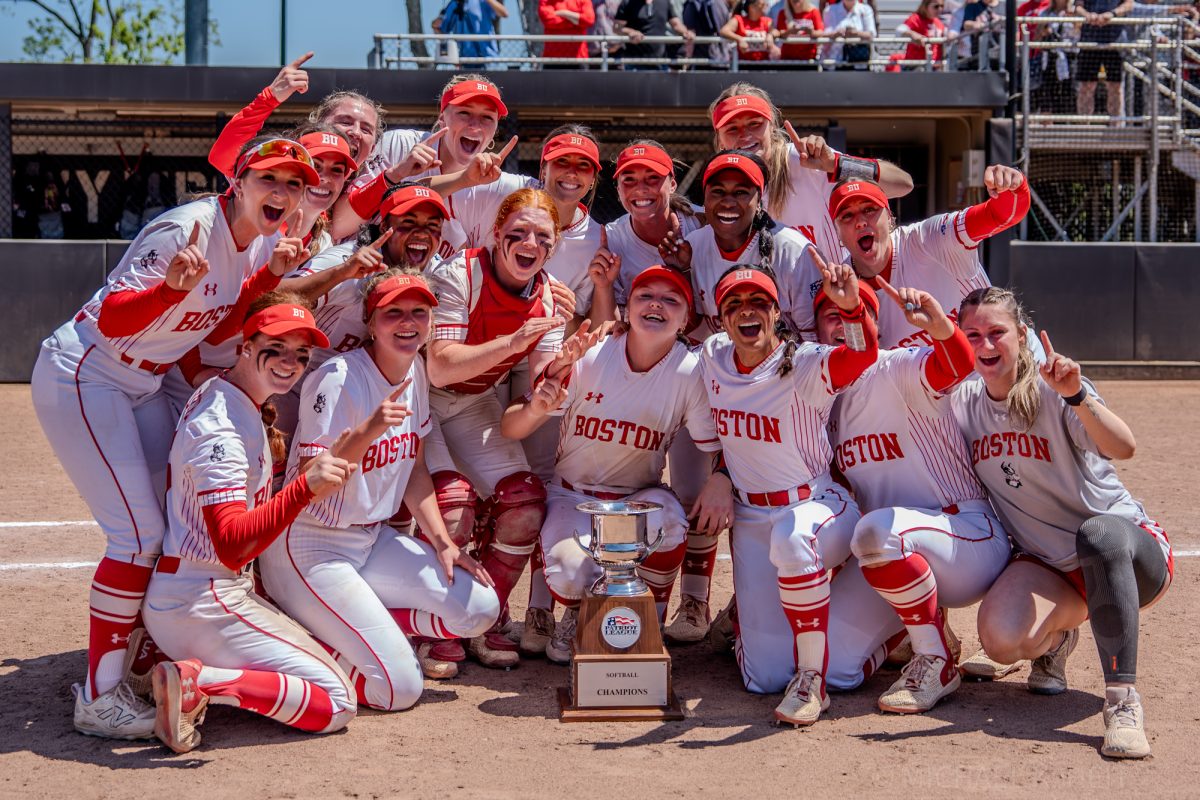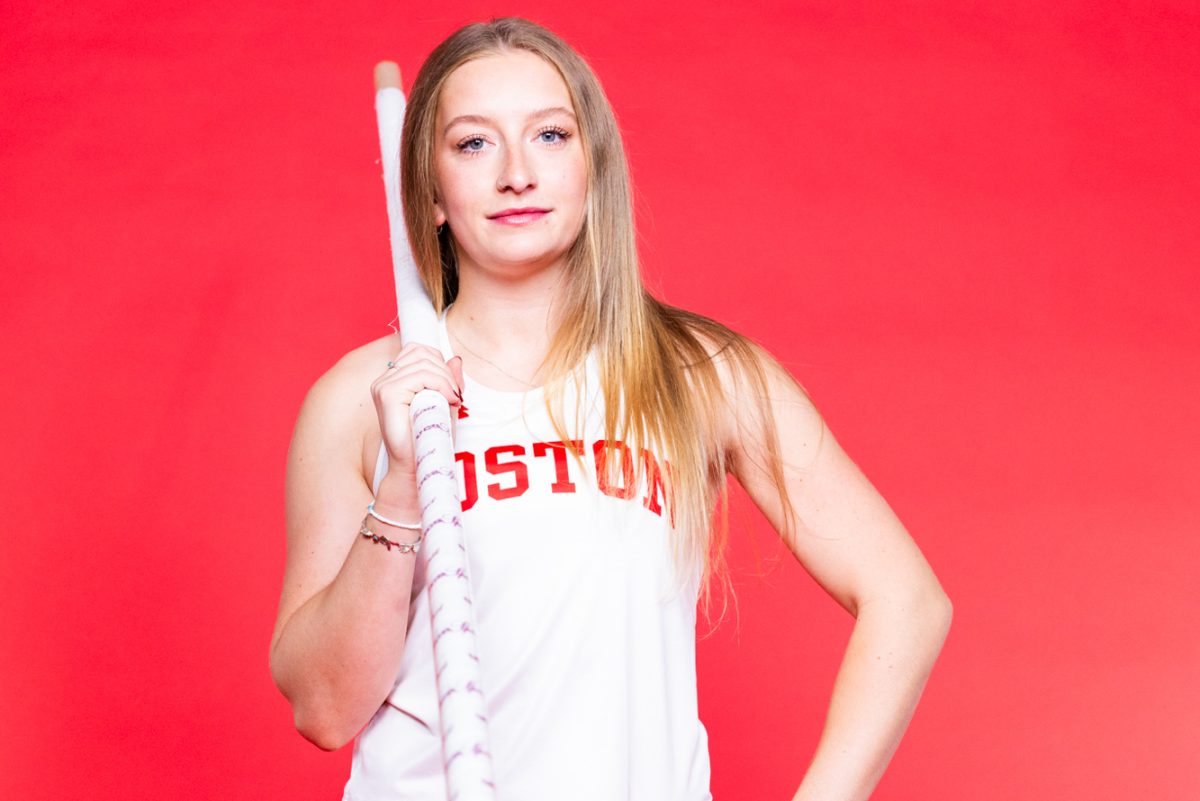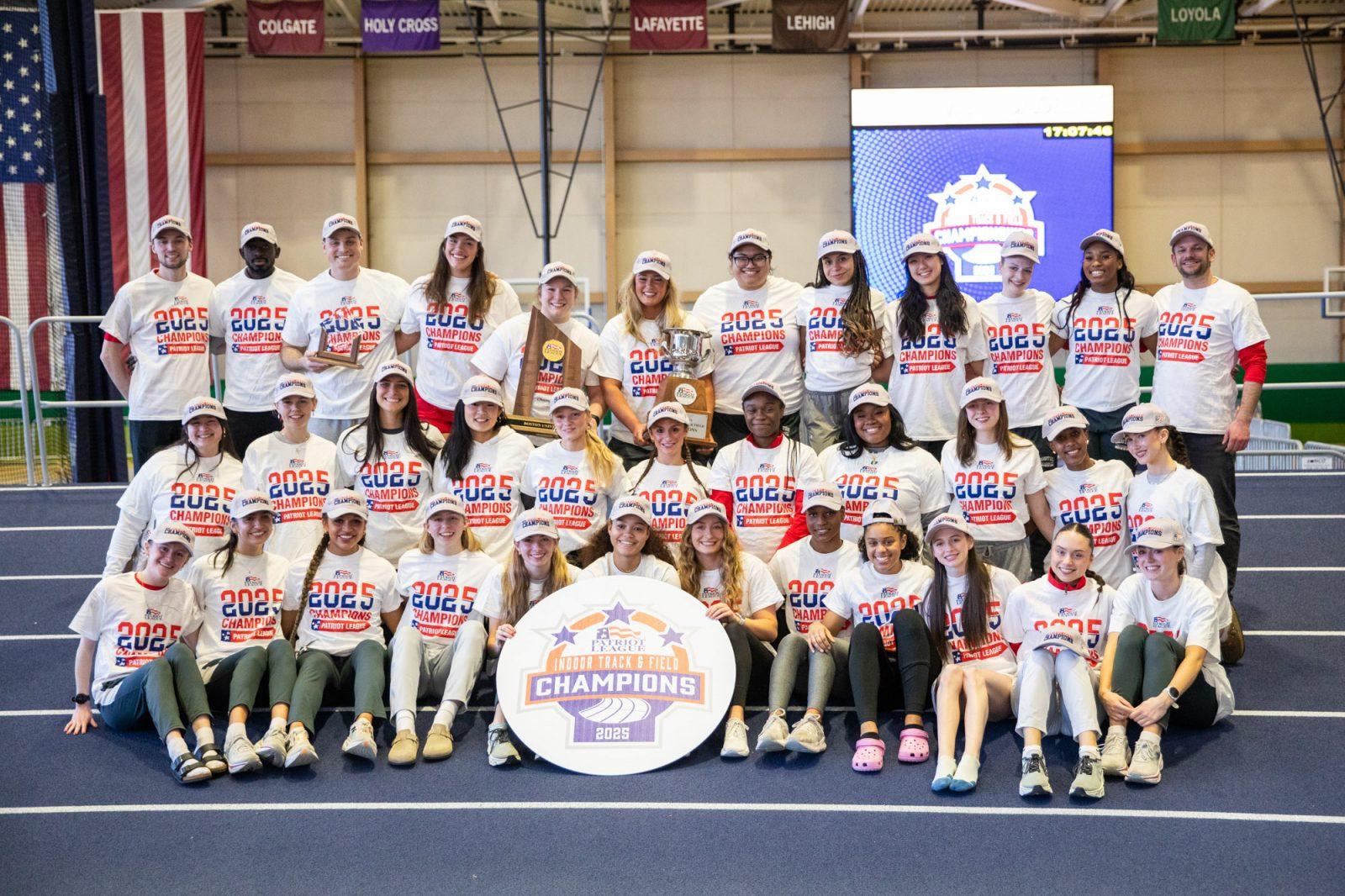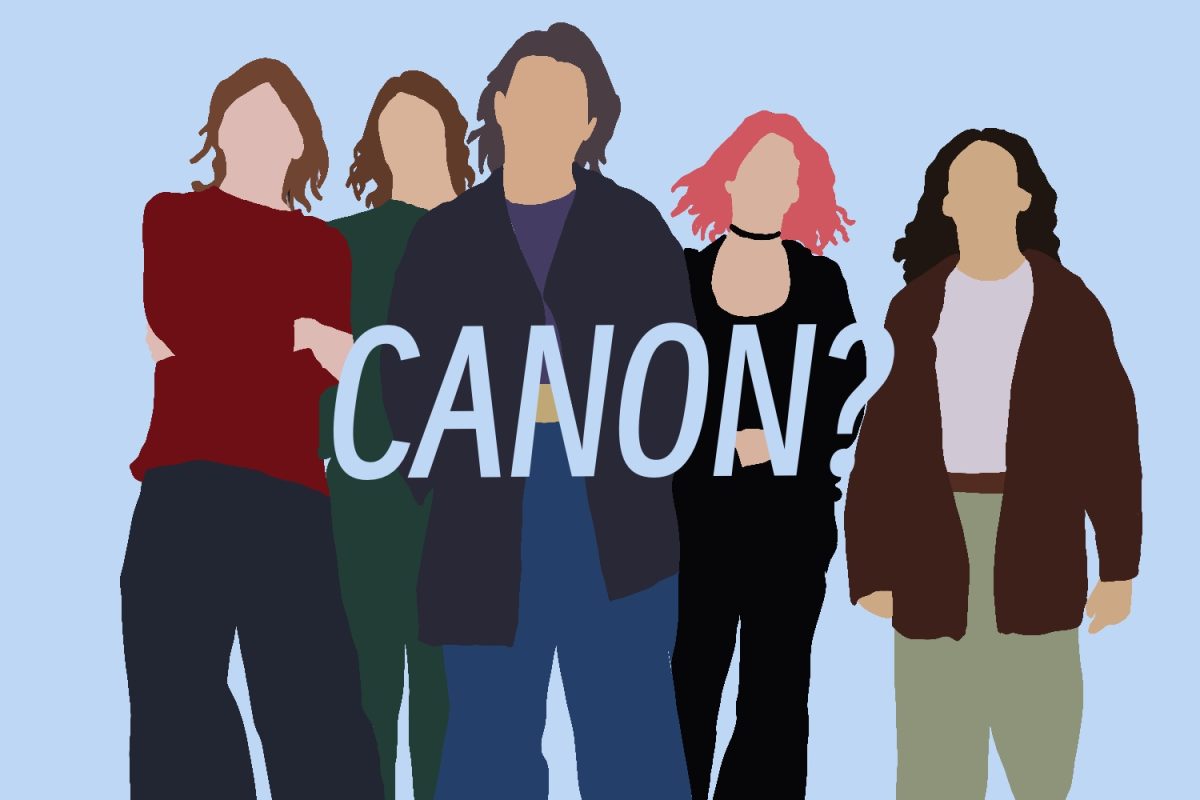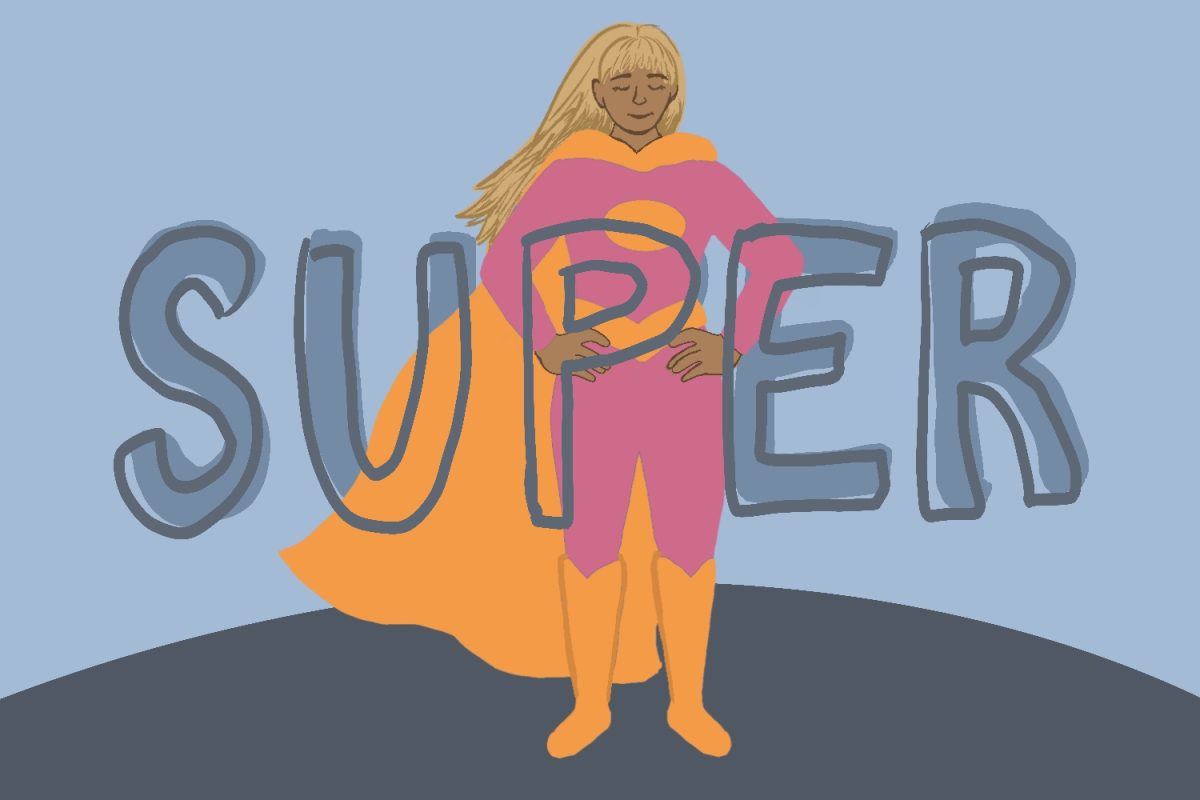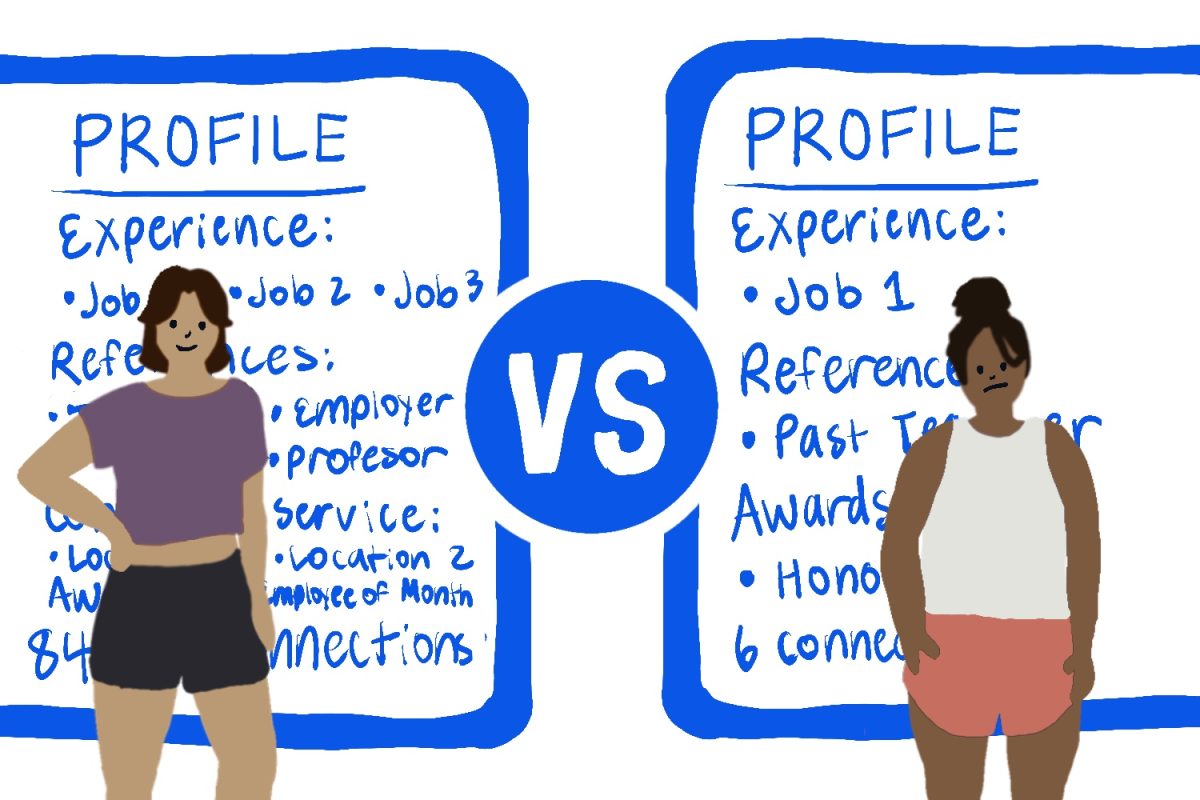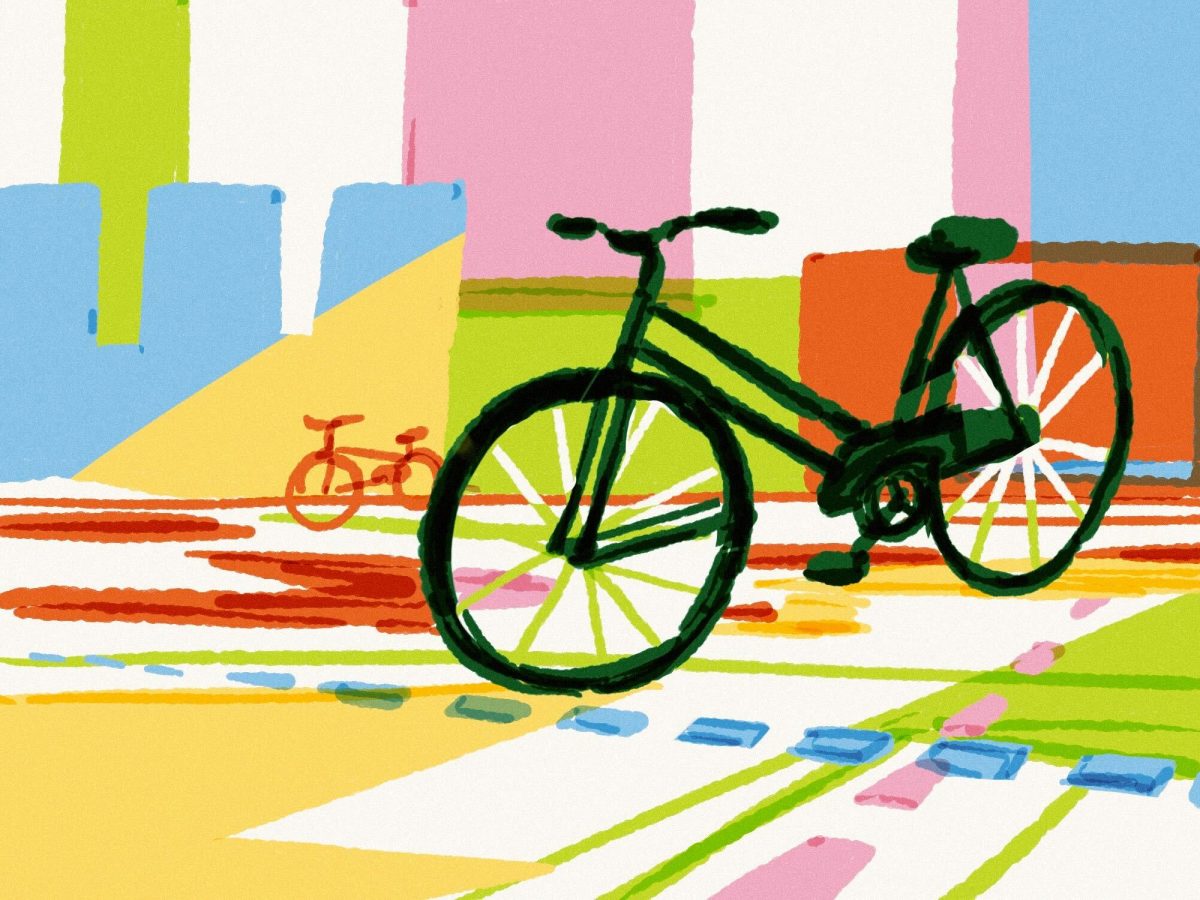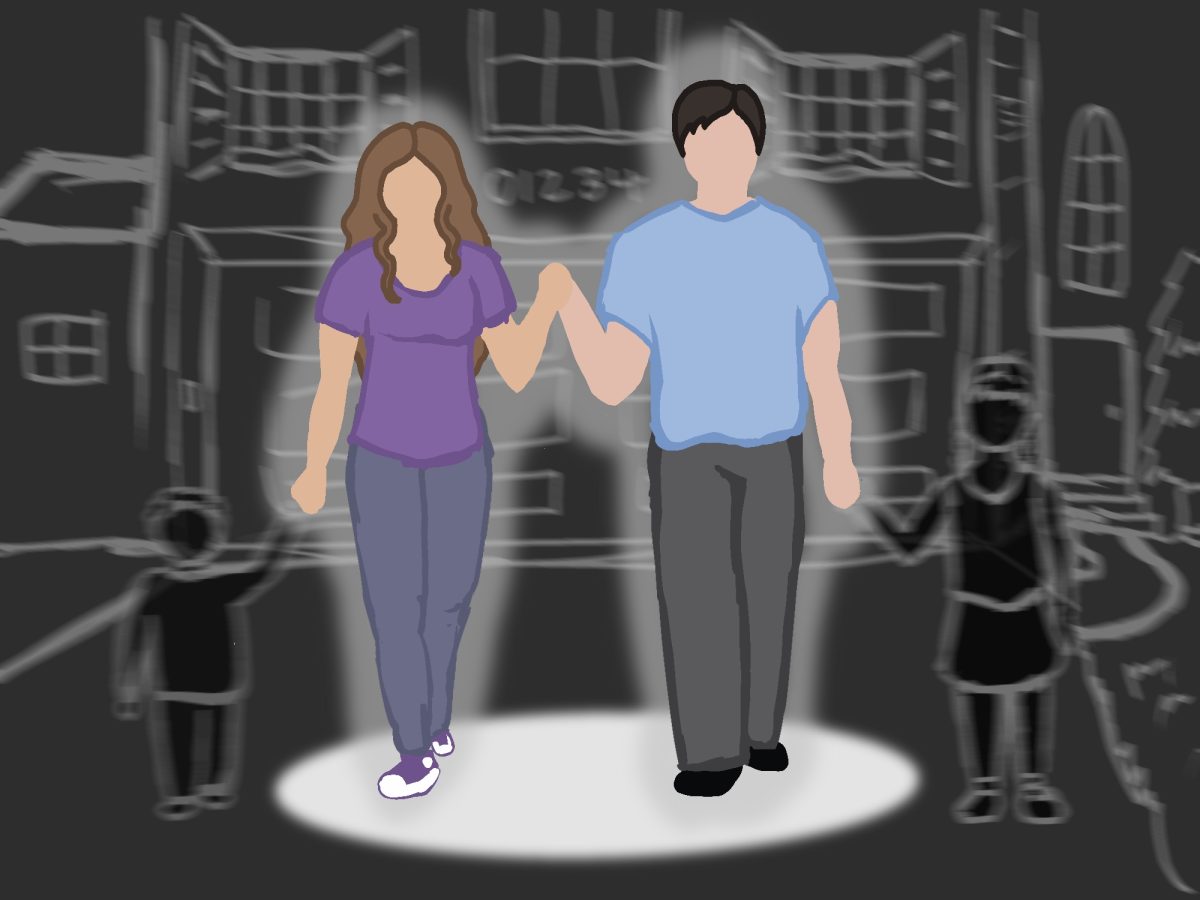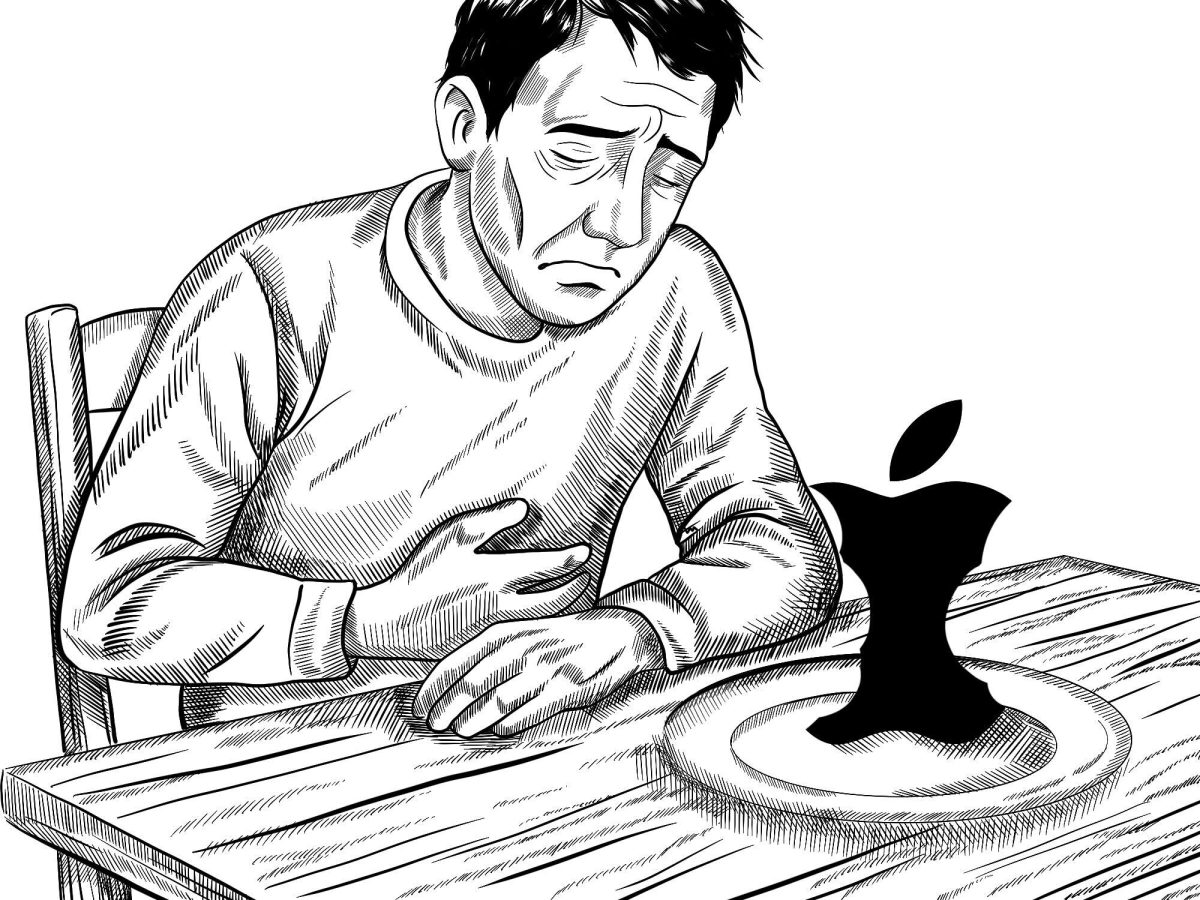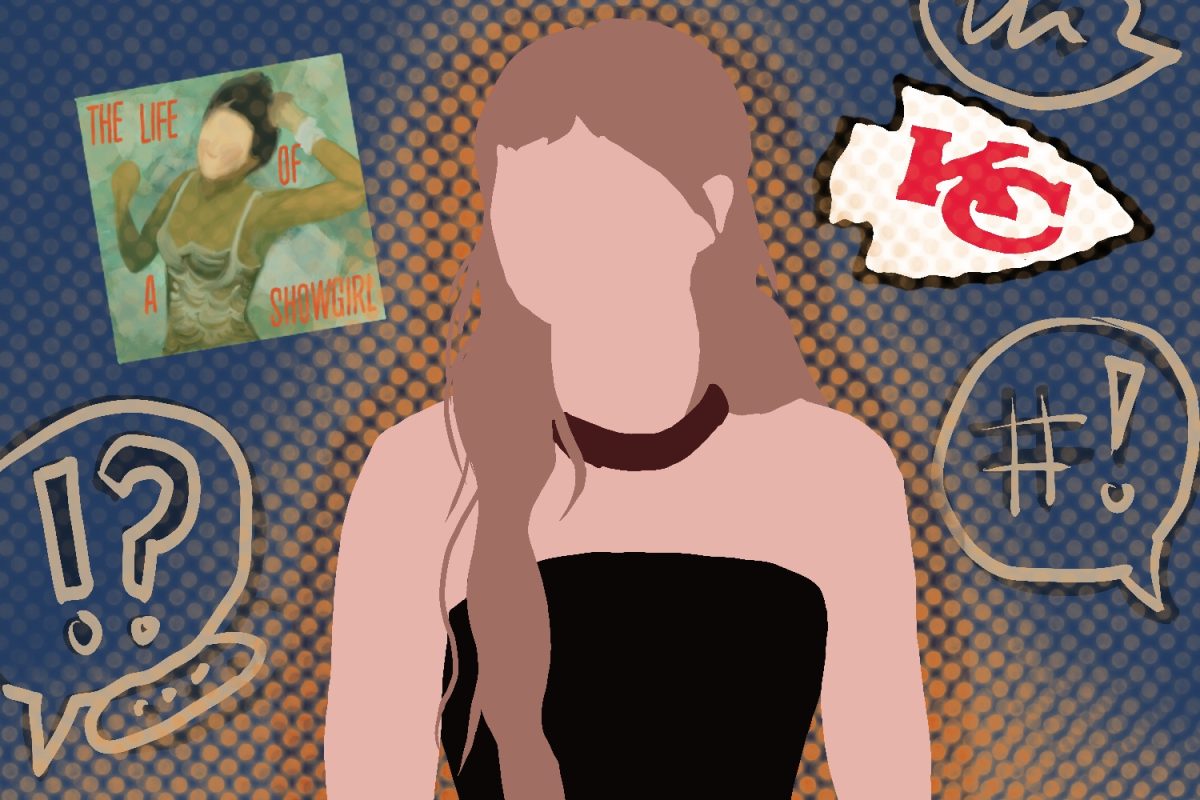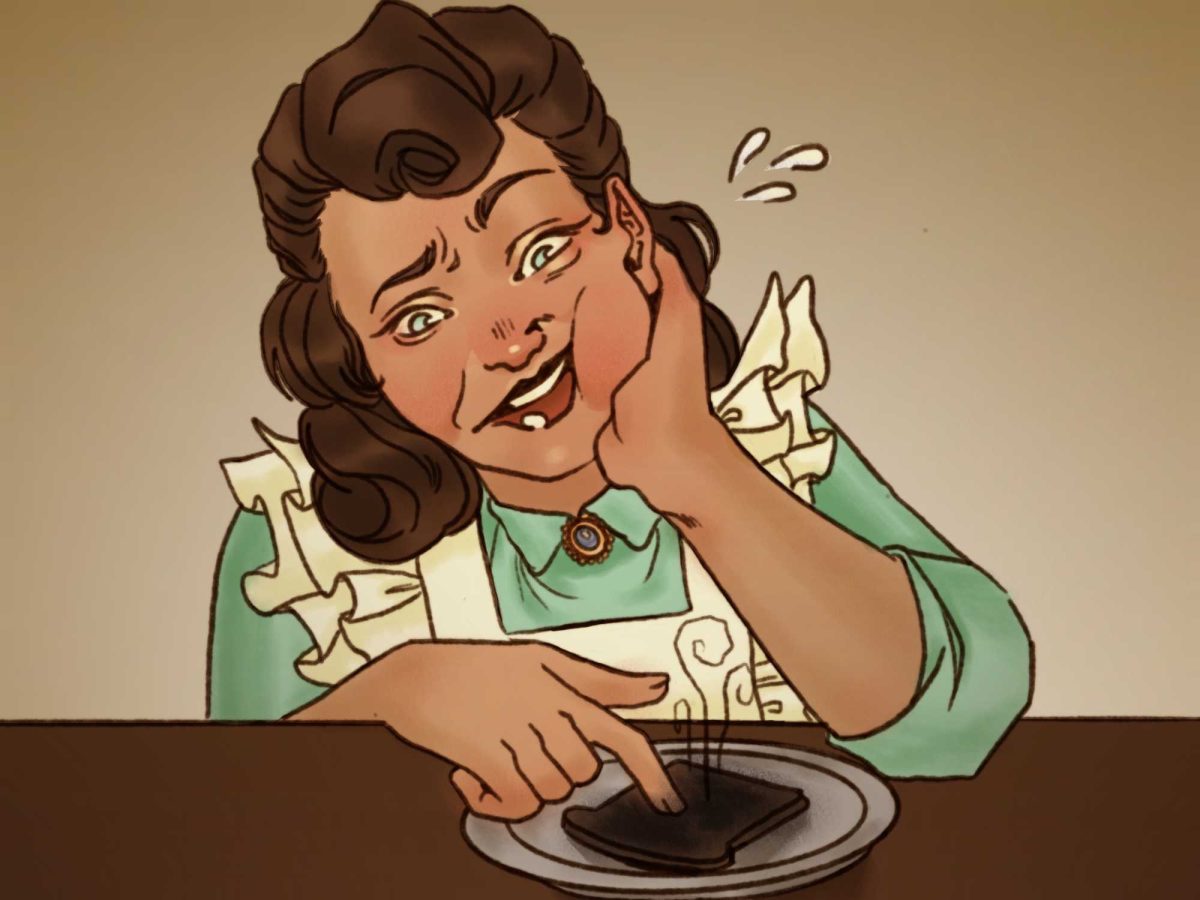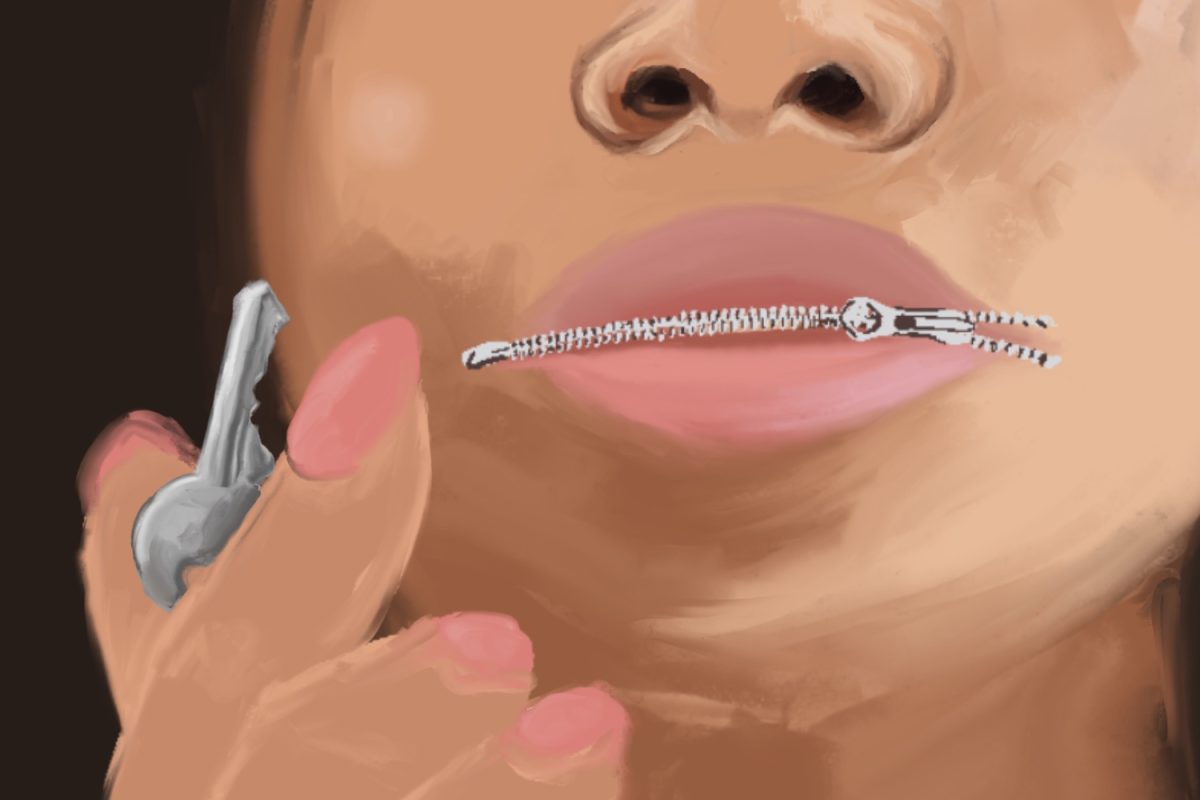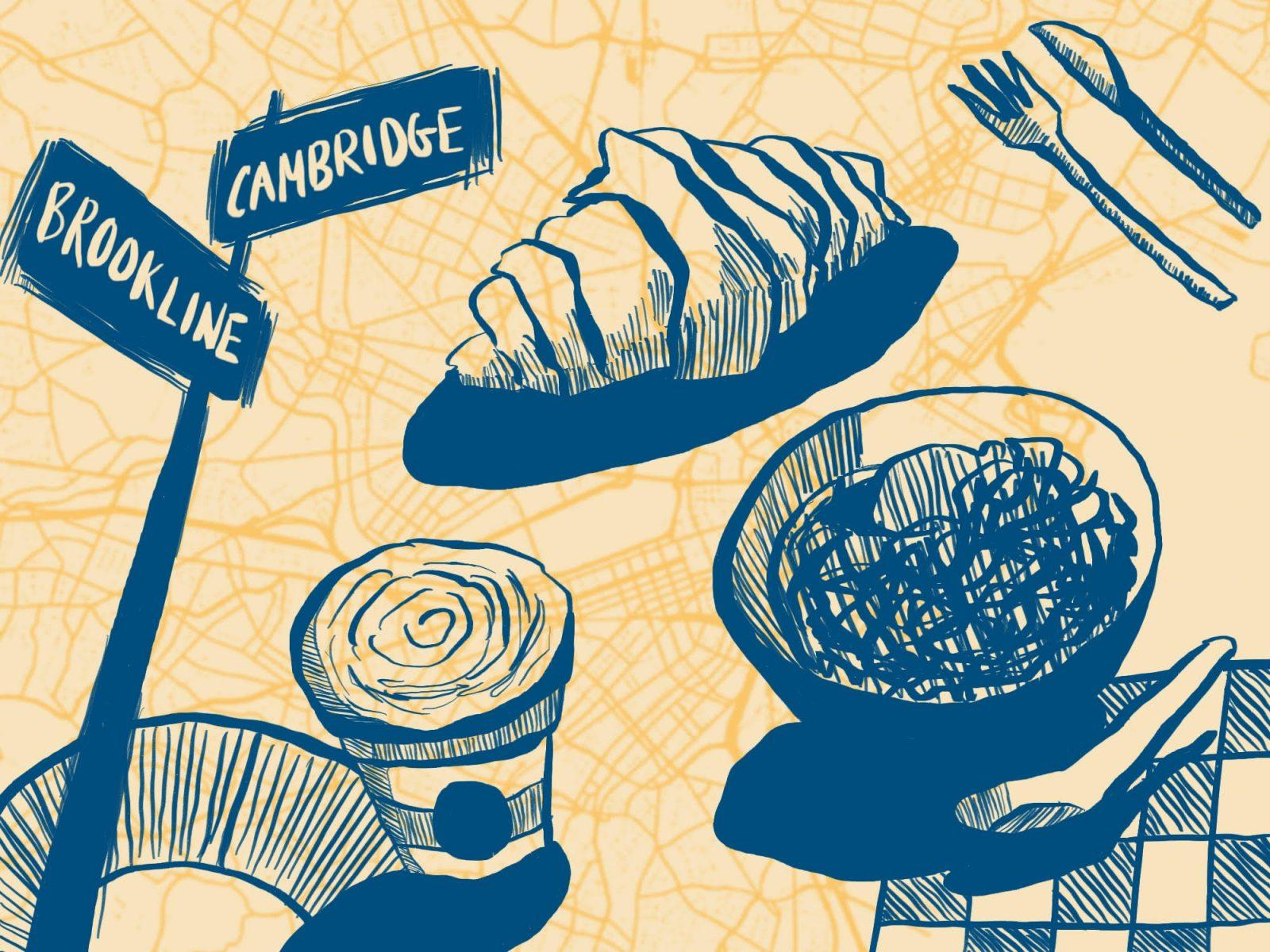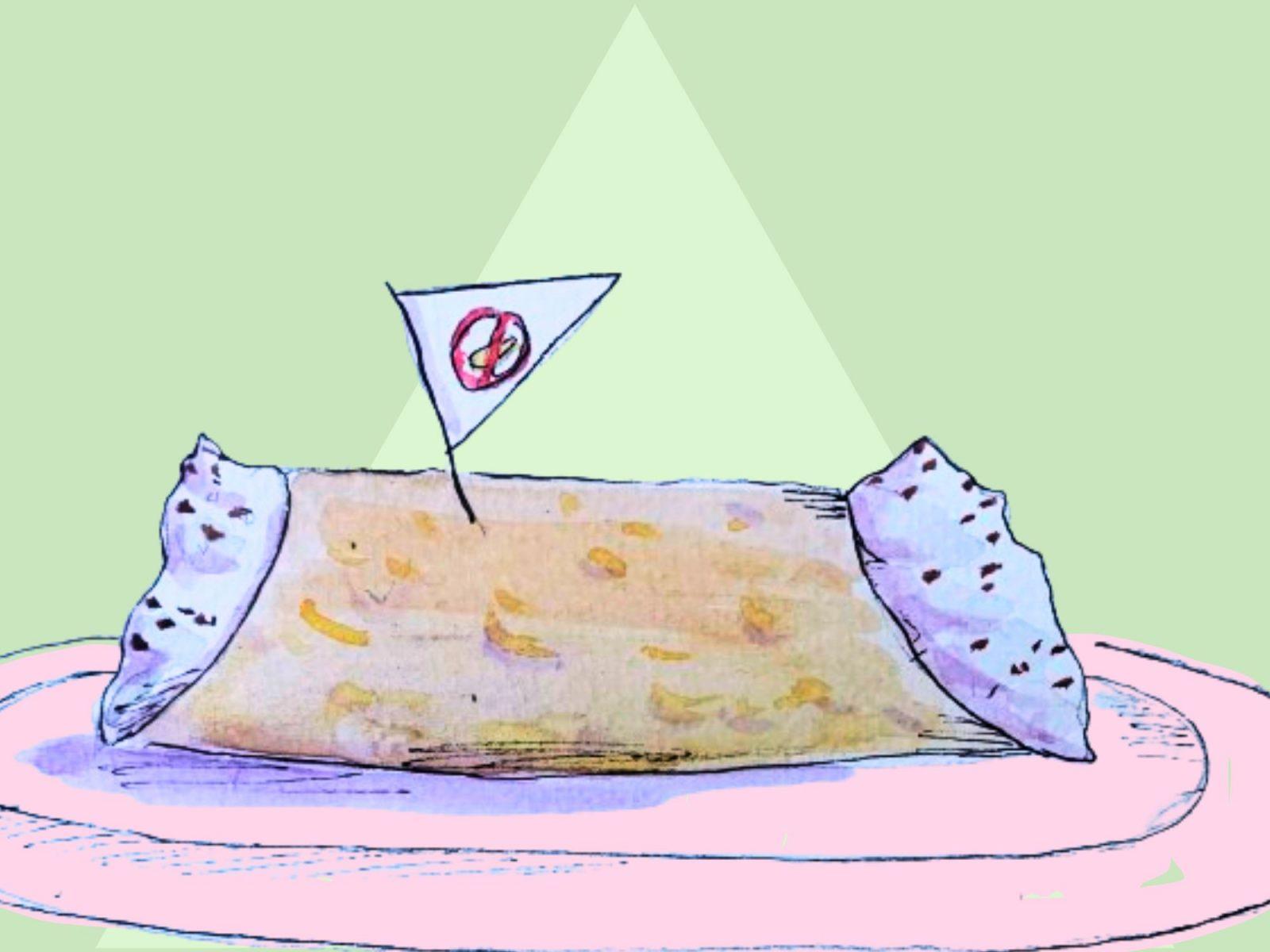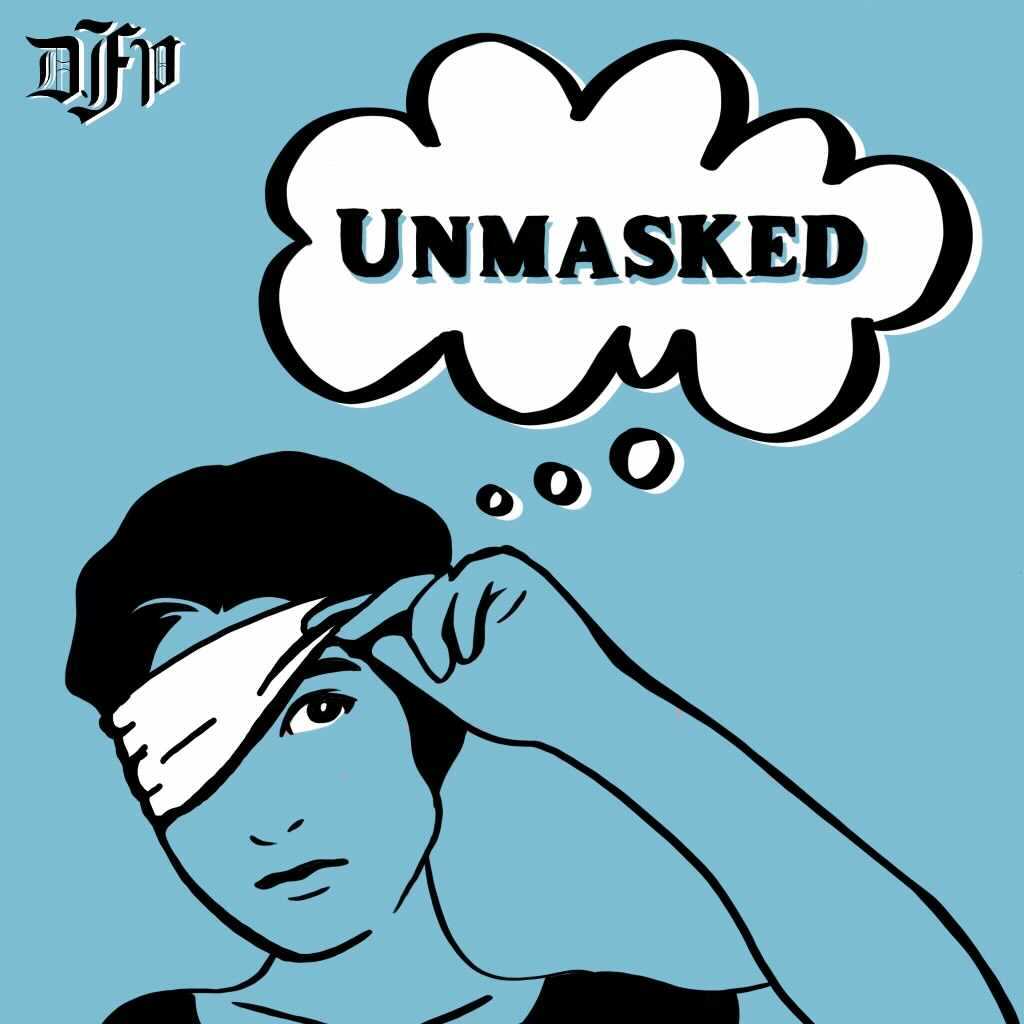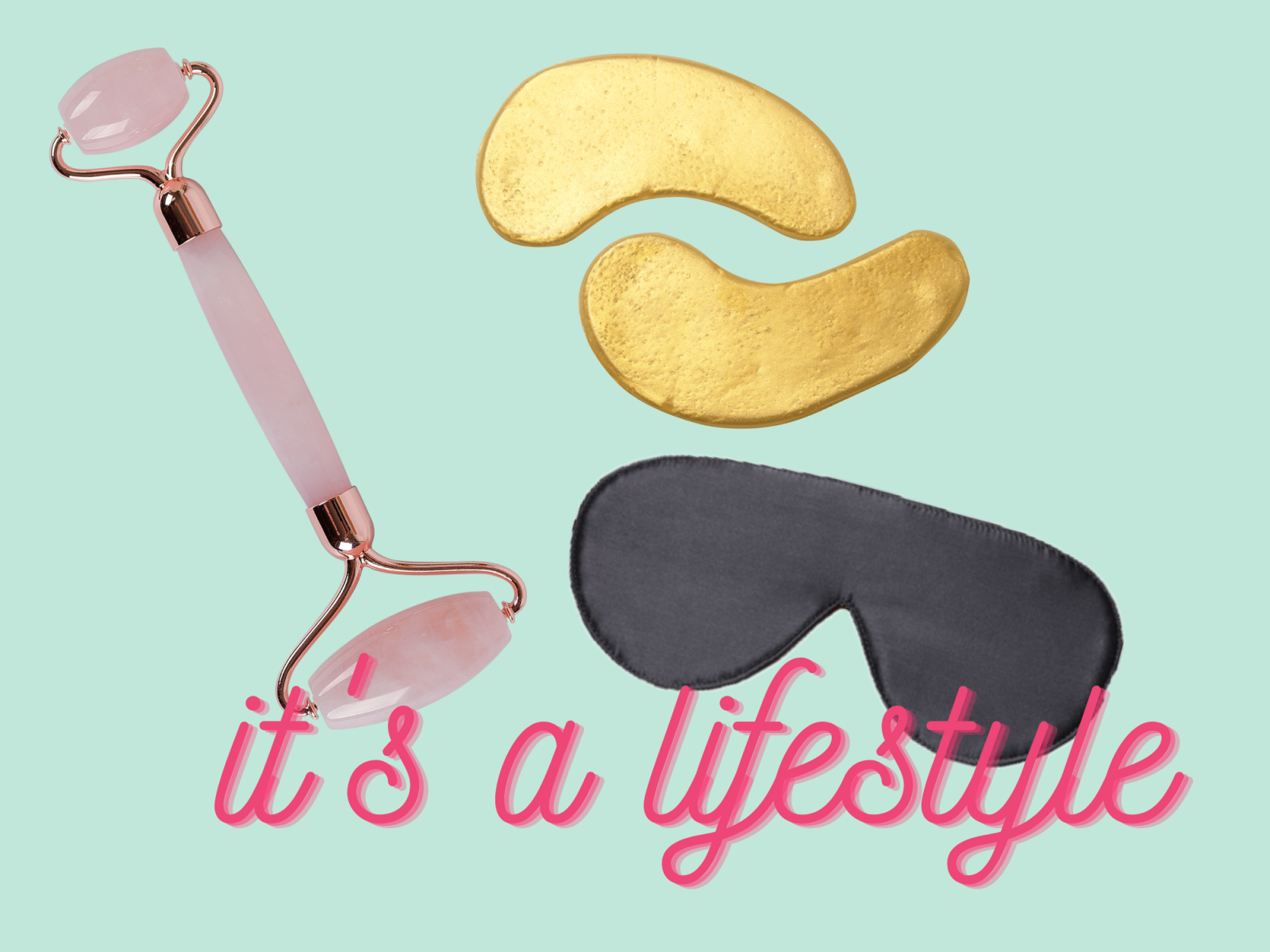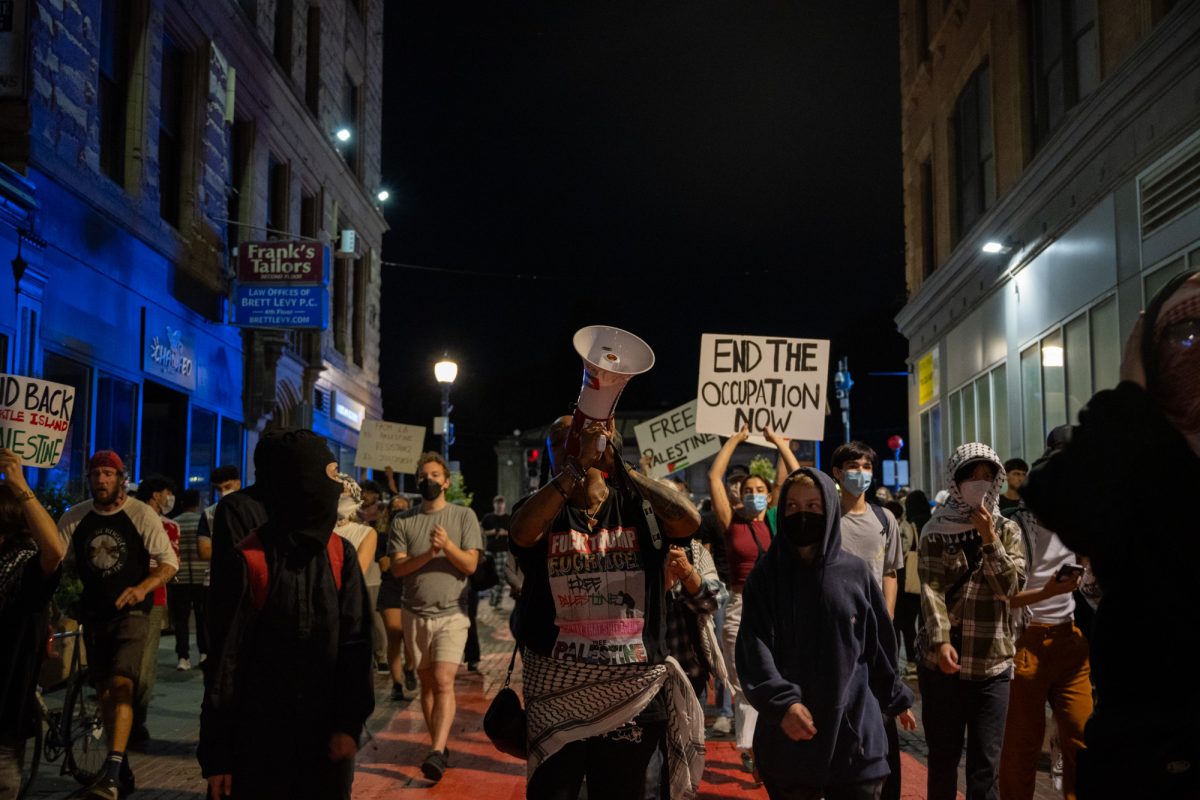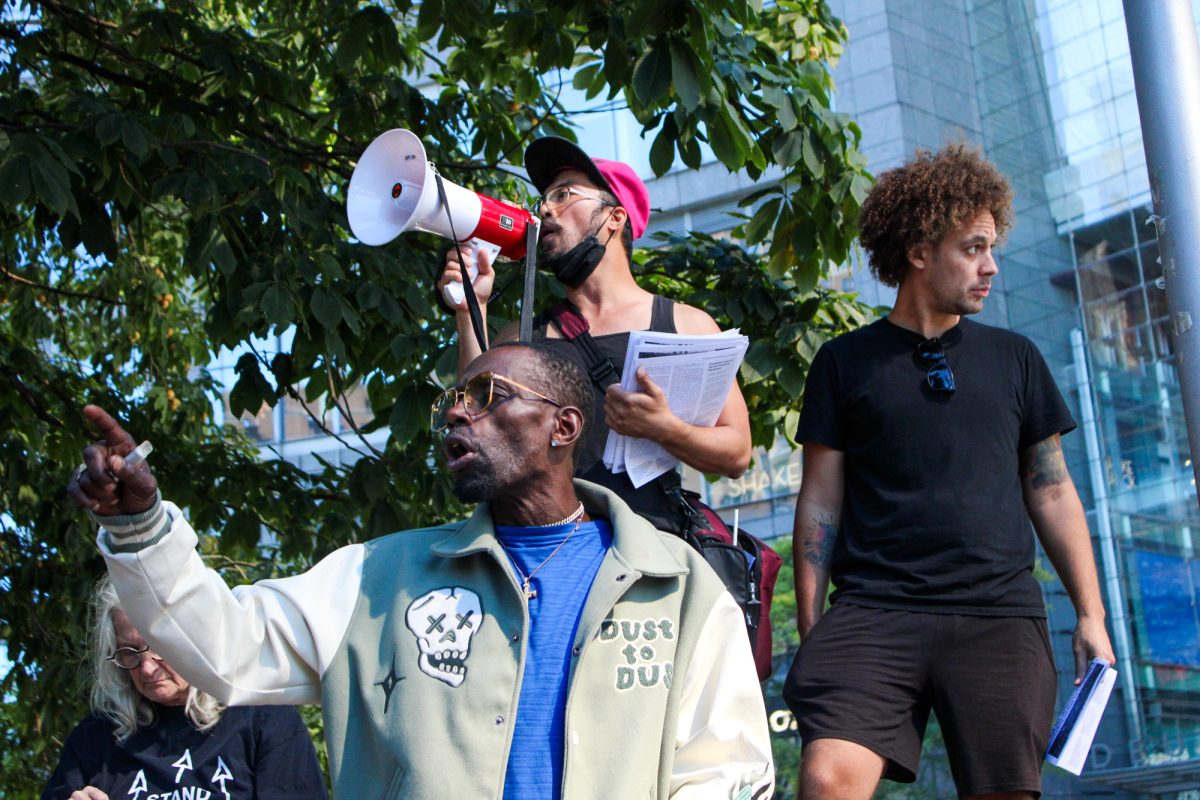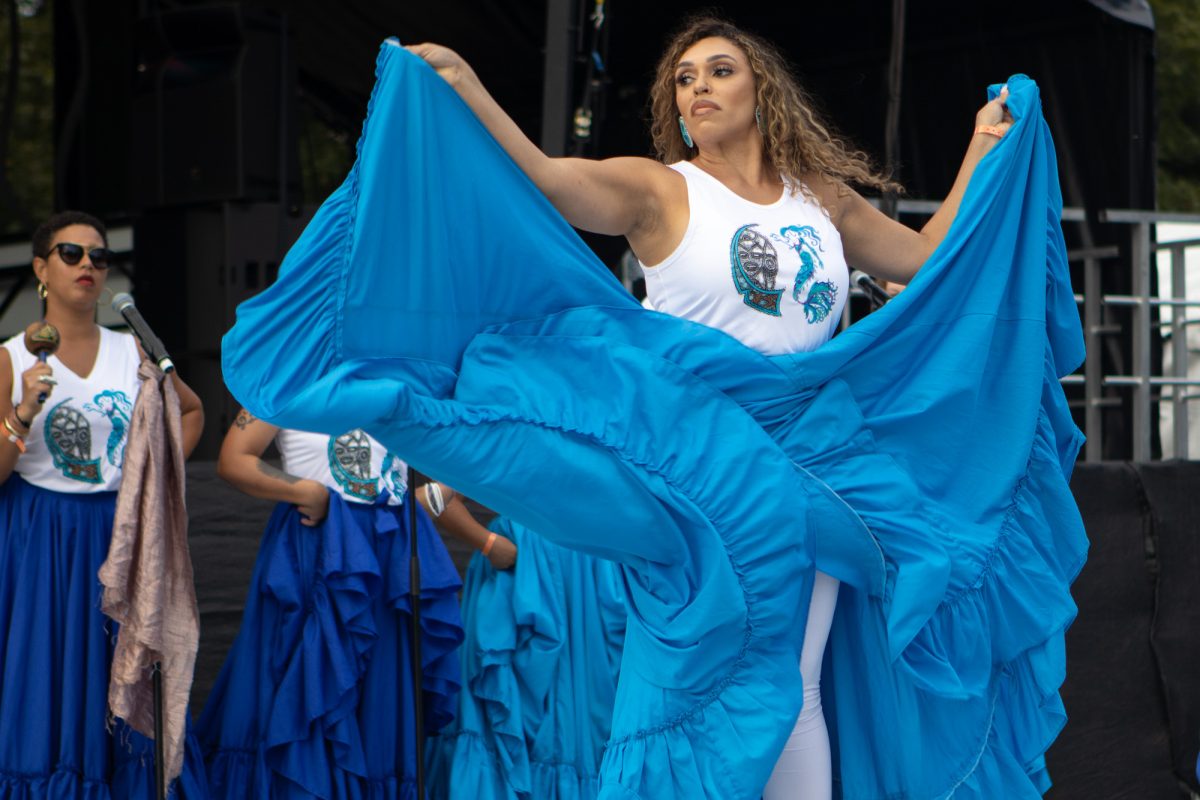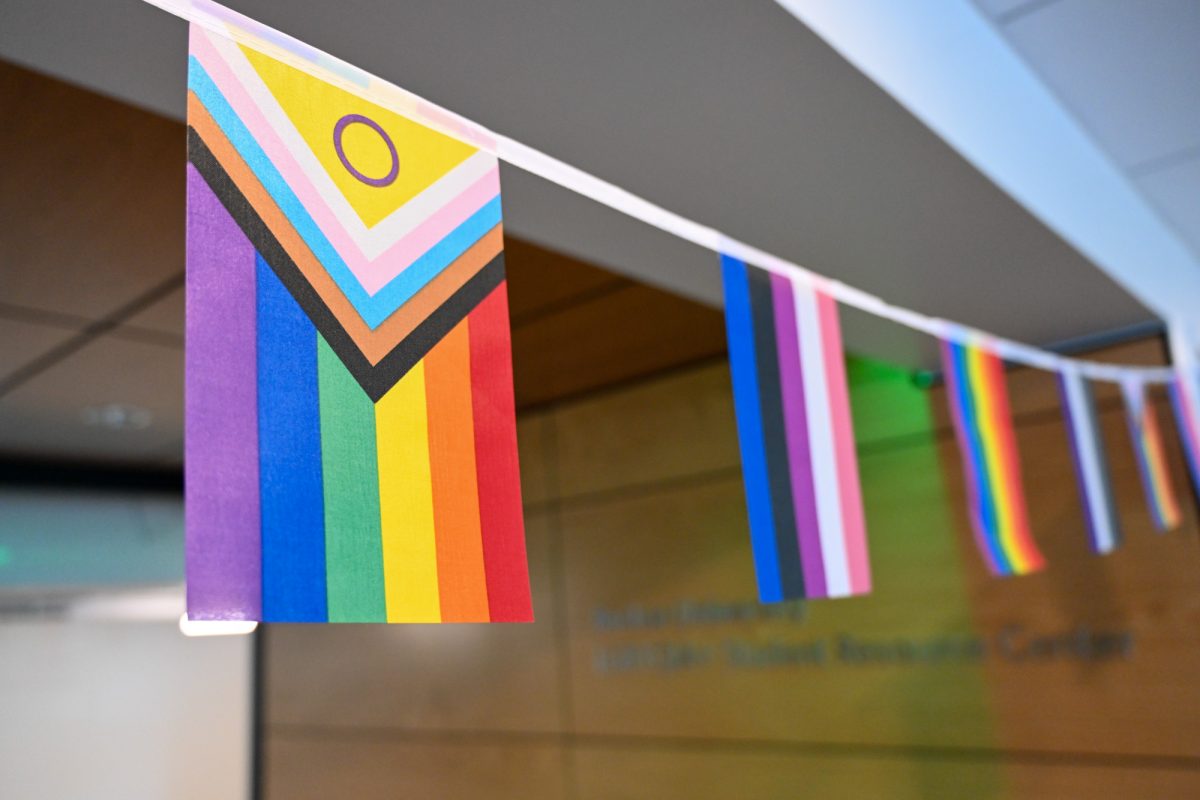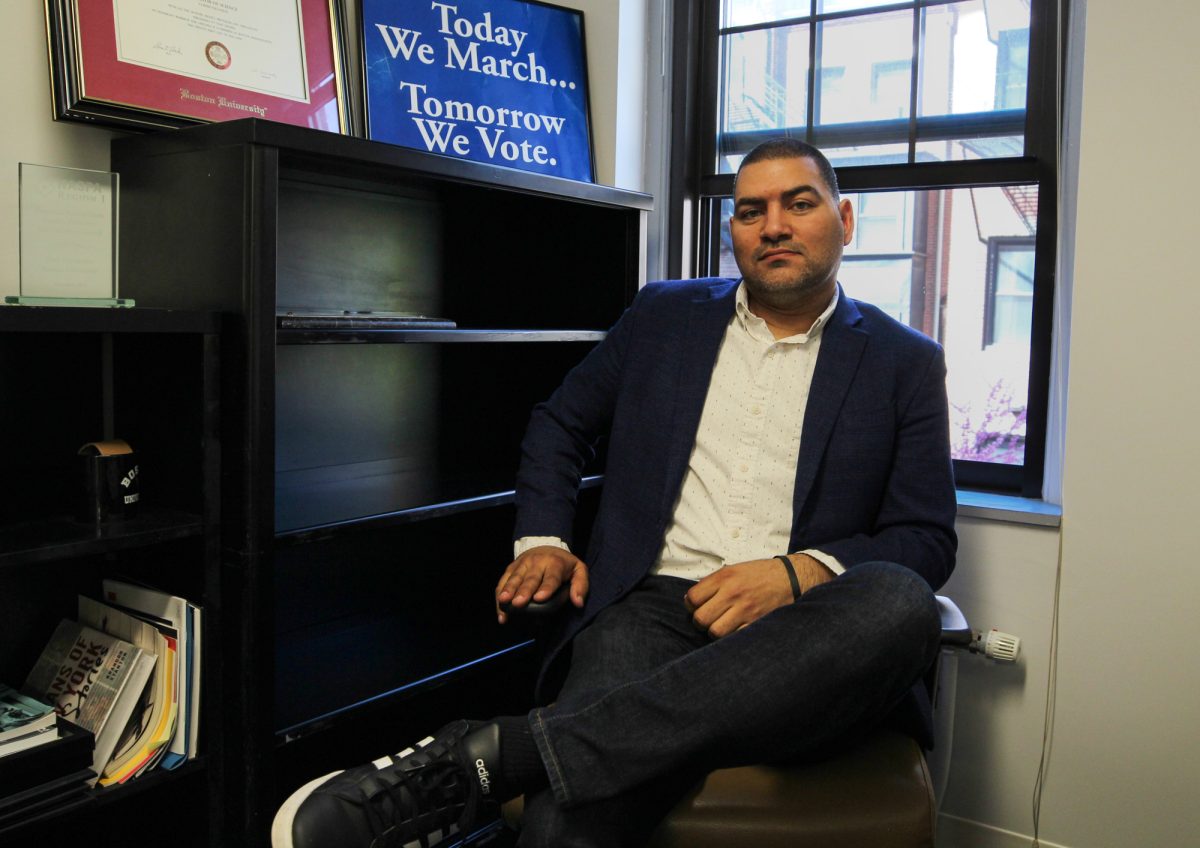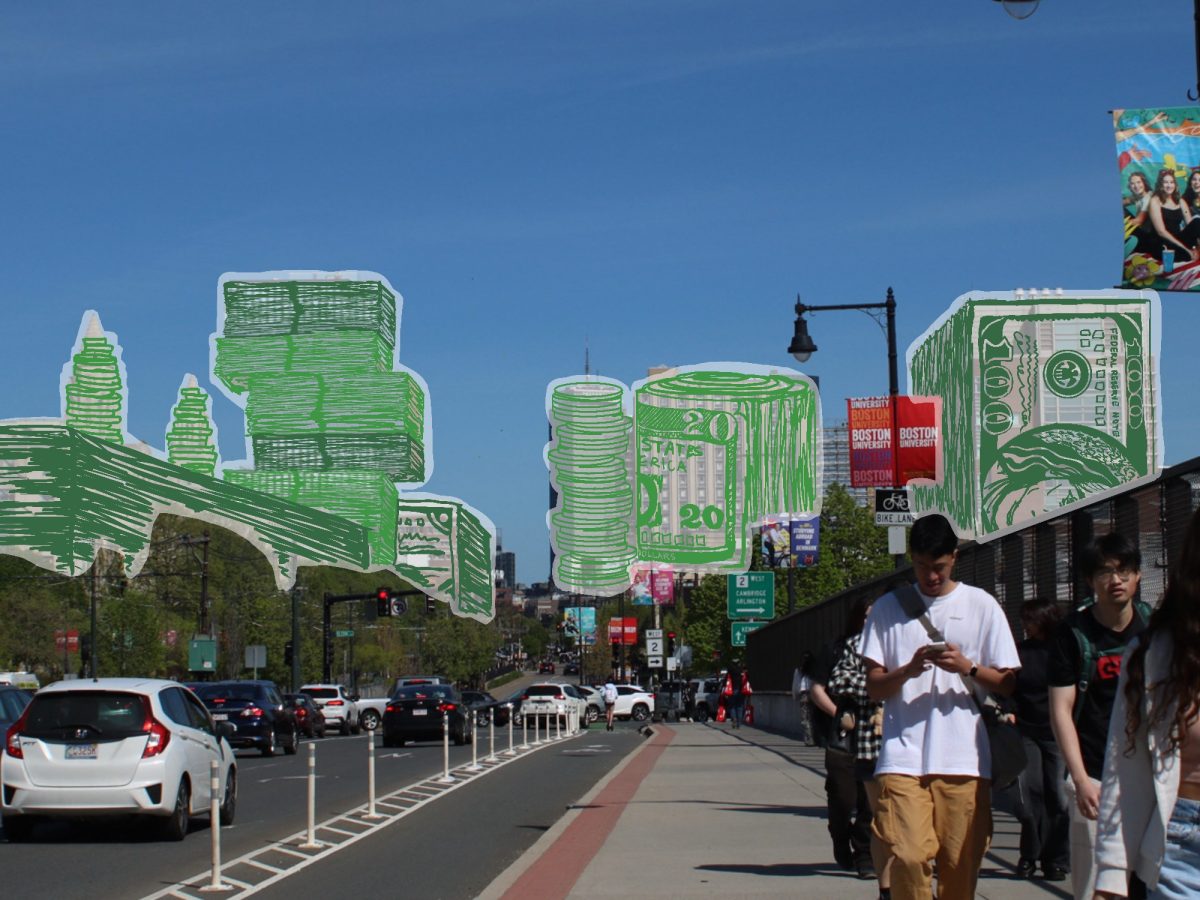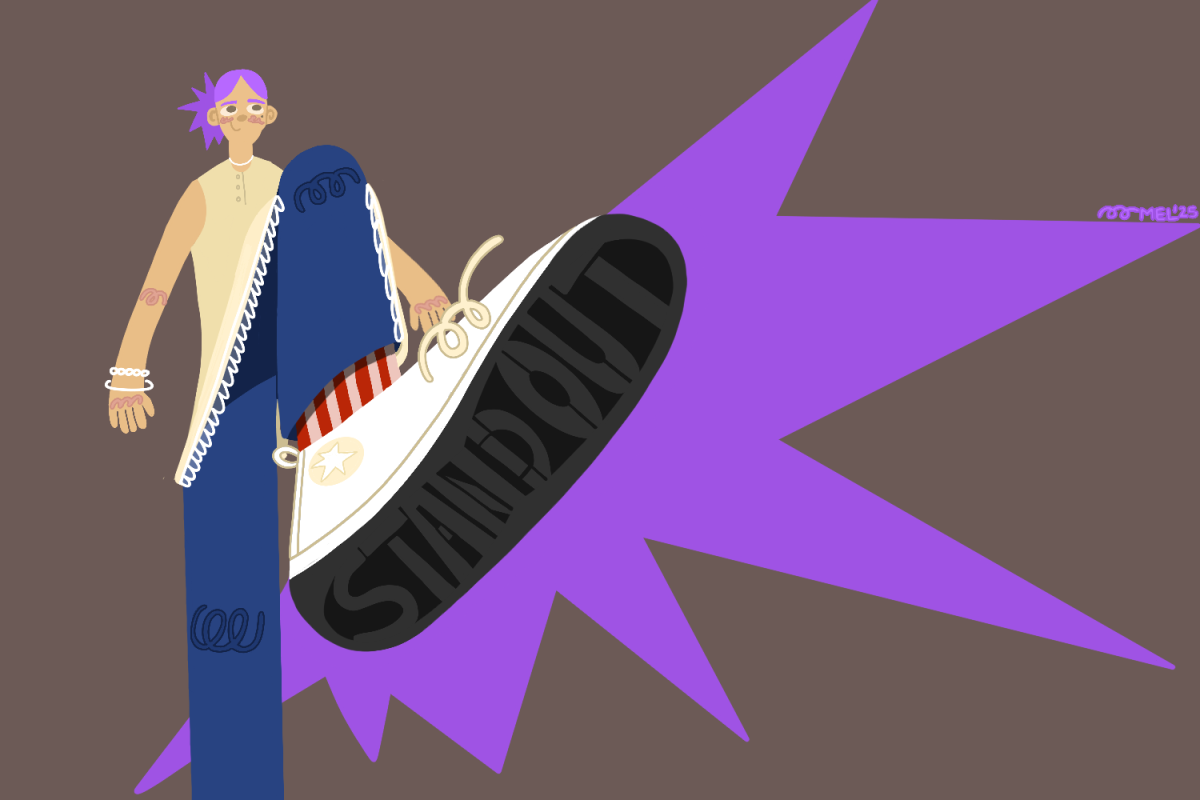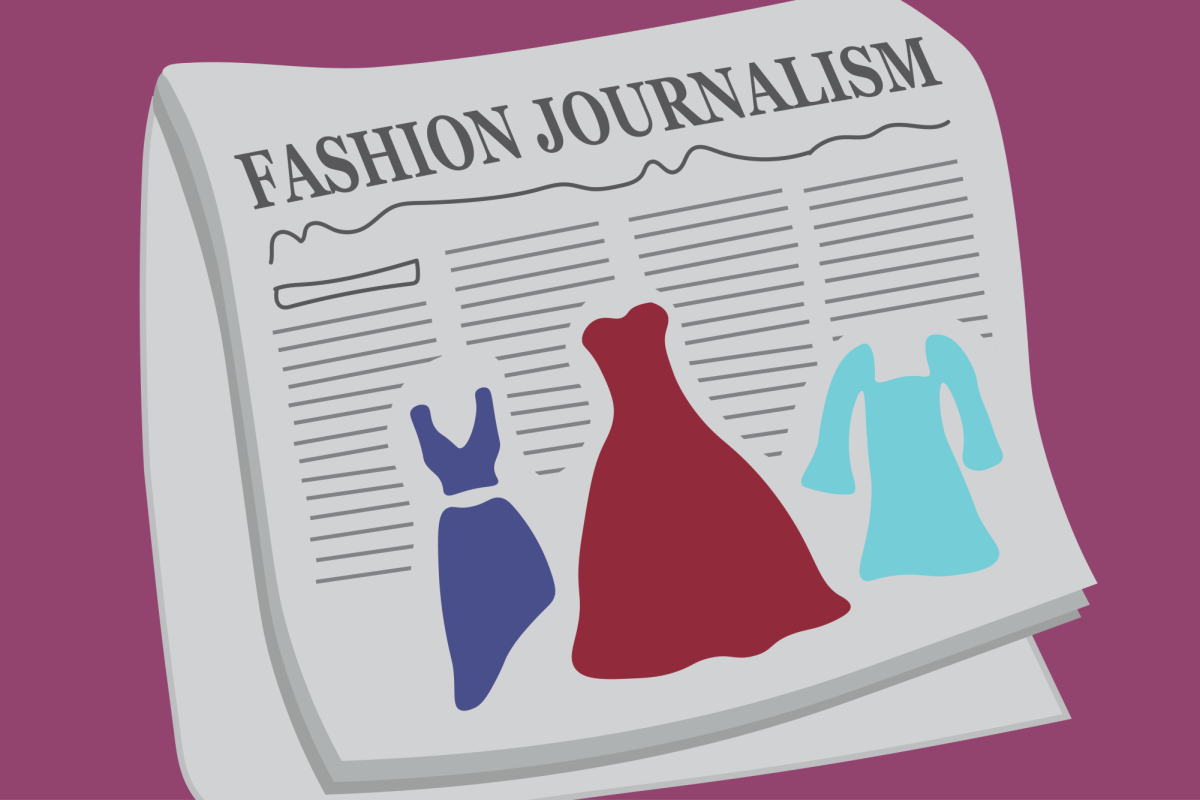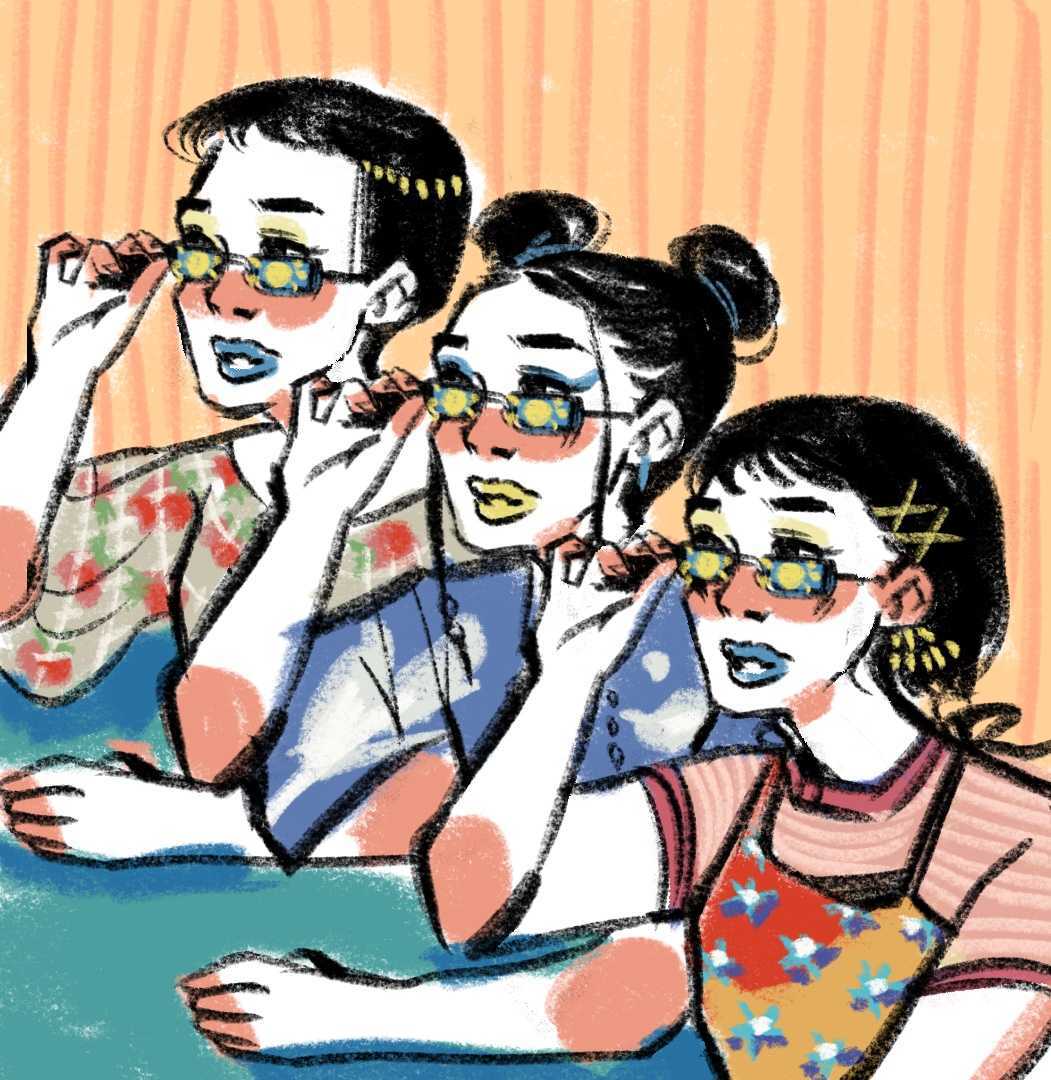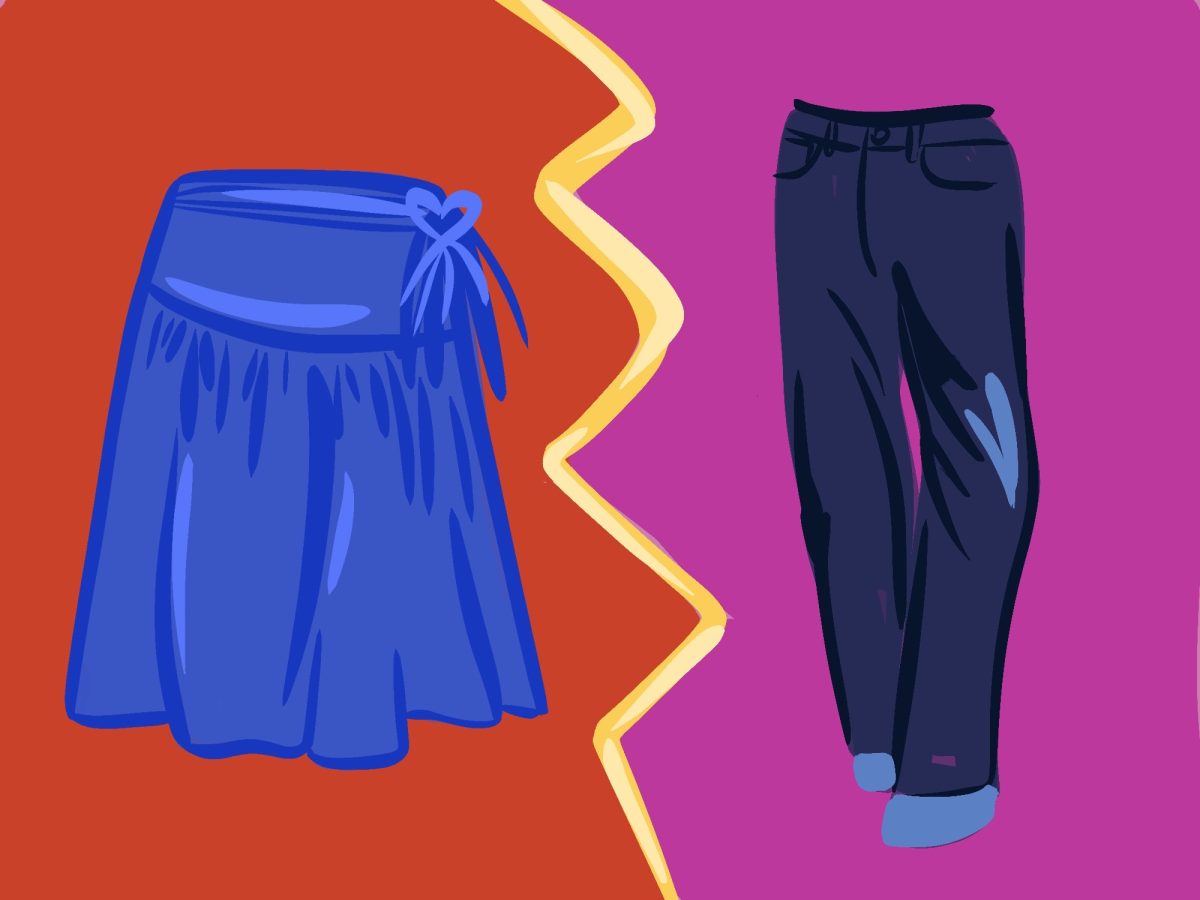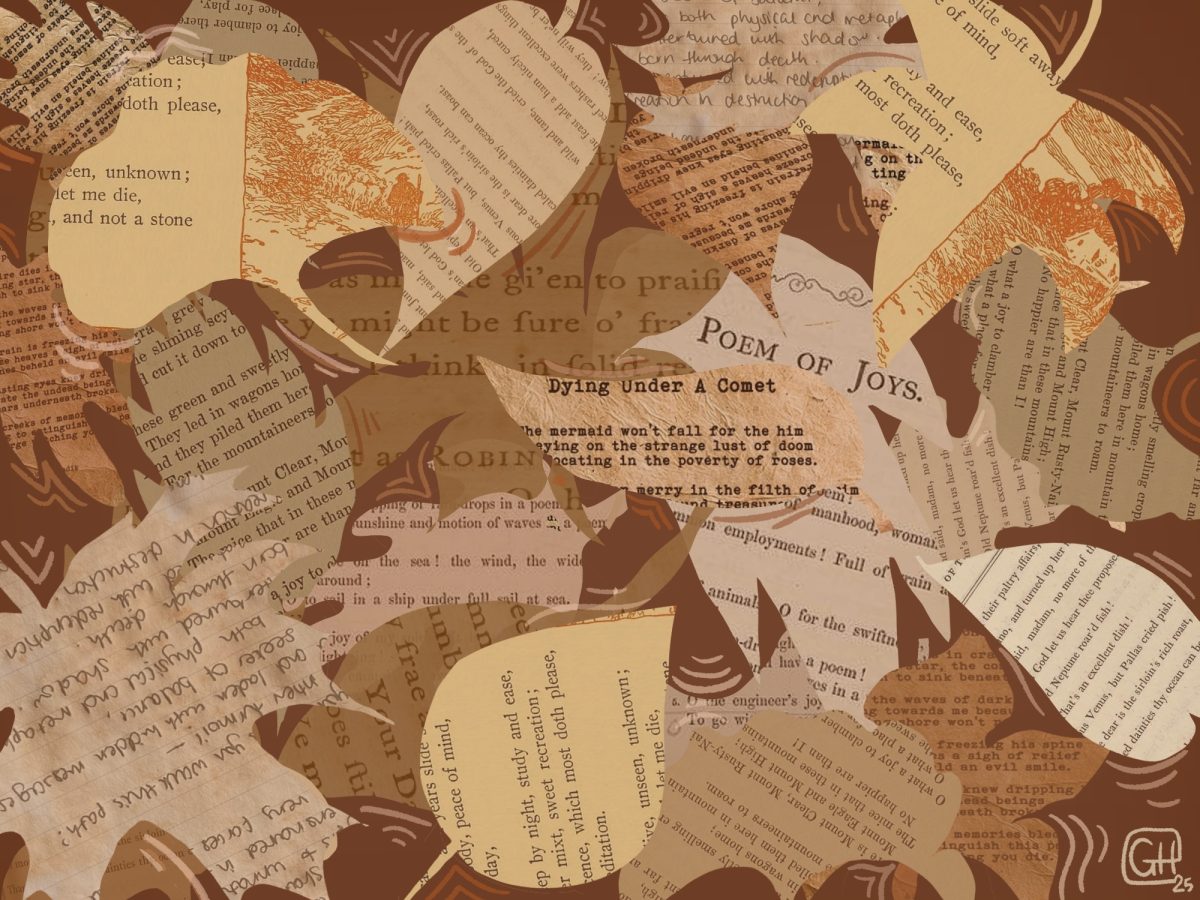When I see posts on social media of users lamenting that they wished they lived in another generation, I physically cringe.
Although I know they probably just mean they miss the style aesthetics of earlier eras or dislike our overreliance on technology, I can’t help but feel uncomfortable about the broader implications of that statement.
Segregation wasn’t outlawed until 1964, Title IX was passed in 1972 and gay marriage wasn’t federally legal until 2015.
Even as a blonde-haired, green-eyed, straight white woman, I wouldn’t have had the same privileges I do today if I lived in the decades my favorite styles originated from.
Don’t get me wrong, our current society isn’t a utopia of equality — especially not as of late — but we can’t deny the progress we’ve made.
Social media posts might seem like a non-issue, but they indicate a broader messaging problem among the vintage community as a whole.
Like any subculture, the vintage community encompasses a wide spectrum of human experiences. On one end, you have people — myself included — who simply love the look of fashion from bygone decades and want to celebrate self-expression.
People on this side of the equation might see vintage clothing as a rebellion against conformity and rabid consumerism. Even though the styles they wear are older, these vintage lovers operate from a modern mindset: Dressing vintage is a way to practice sustainability by keeping old clothes in circulation.
In my experience, the bulk of the vintage community falls into this general subcategory.
On the other side, there are people who dress vintage to match their mindset. These individuals are dressing to represent a time they literally want to live in, oppression and all. For this segment of the vintage community, dressing vintage is a way to return to a culture of robust suppression and control.
These are the people who quite literally wished they lived in a different generation.
While I’d like to believe these voices don’t make up a large portion of the vintage fashion world, I cannot deny that they are loud.
Many vintage fashion influencers don’t help the problem either. Where some simply don’t take time to make the distinction between celebrating vintage style and condoning vintage ideals, others openly promote views that are unabashedly behind the times.
This summer, private chats between one prominent vintage influencer and her boyfriend were exposed, revealing a host of racist and antisemitic vitriol.
The growth of “tradwife” culture in the past few years has also continued to muddy the waters.
While I’ve mostly seen tradwife influencers wearing what appear to be Shein’s finest milkmaid dresses, there is a clear influence of vintage style seeping into their Pottery Barn closets. To the untrained eye, it could be easy to conflate vintage-inspired styles with true vintage clothing.
Many of the vintage fashion influencers I follow don’t have more than 20,000 followers. Some of these self-proclaimed tradwives, on the other hand, have follower counts from nearly 200,000 to 7 million. Even if they aren’t actually part of the vintage fashion community, these vintage-value pushers with vaguely retro aesthetics are pretty bad PR for actual vintage wearers.
For me and so many others in the vintage fashion community, wearing vintage fashion is about reclaiming our relative freedom of choice, not revering a culture of control.
Dressing vintage is not about pandering to the fantasies of racists and misogynists who think women belong in the kitchen and in heels. It’s about choosing to wear items that were once a method of subjugation and willingly making them our own. It’s about seeing the objective beauty in the fashions of yesterday and aligning that with our values of today.
So how do we make sure our clothing is saying what we want it to say? How do we prevent others from taking our style at face value, particularly when there are many vintage wearers who want you to do exactly that?
In the internet age, it’s all too common for people to skip over nuance and jump right to a drastic conclusion. However, in this case, I can understand the fear.
Although it’s frustrating, at the end of the day, I do understand the knee-jerk reaction to seeing someone dress like it’s 1950. Alt-right dogwhistles are everywhere these days, and it’s important to be vigilant so that we don’t accidentally condone or spread bigotry.
I don’t want to walk around with a sign taped to my forehead that reads, “I’m not a bigot.” At the same time, I really don’t want to be seen as a bigot.
I’ve said it time and time again: Fashion is political. What we choose to wear every day is a way to convey our experiences and beliefs to the world without ever opening our mouths.
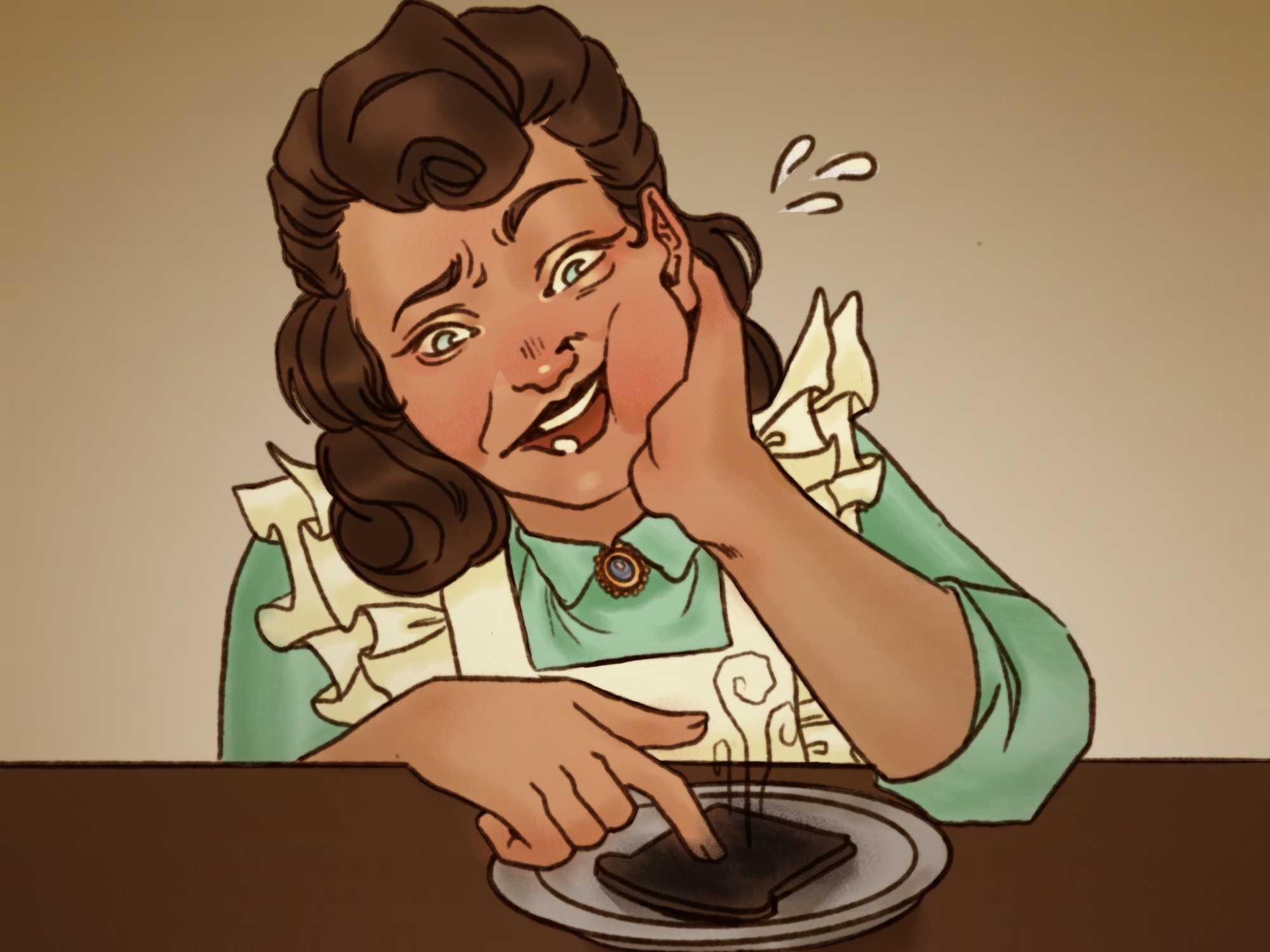
I never want to stop dressing in a way that brings me joy, but I never want my style to incite fear or confusion in others. Yes, what other people think about me isn’t my business, but I never want to bring potential harm to others if I can help it.
So, where does that leave me?
To be honest, I’m not quite sure. It’s a question I grapple with every time I slip a petticoat under my dress or lace up my saddle shoes.
I cannot control how others will see me, but I can control how I conduct myself. I can shout from the rooftops that vintage fashion doesn’t represent vintage values, but it means nothing if I don’t practice that as my truth.
I can keep educating myself and others about the overlooked contributions people of color have made to the fashion industry. I can keep being conscientious about using gender-neutral language when writing or talking about clothing.
To all the social media users who wish they lived in another generation, put your Bobby socks on and put down your phone. Our society most definitely isn’t perfect, but you are lucky enough to have the freedom to wear whatever your heart desires. So go ahead and dress like it’s 1950 — just, please, don’t act like it.

